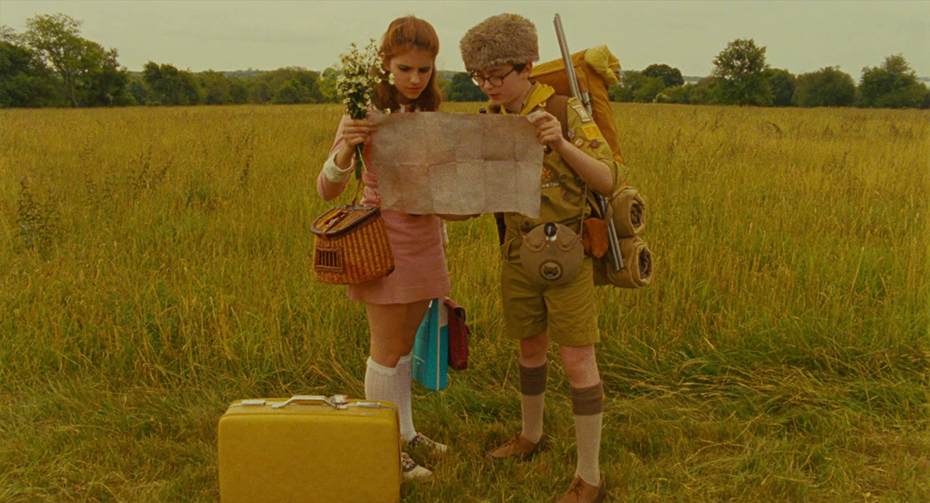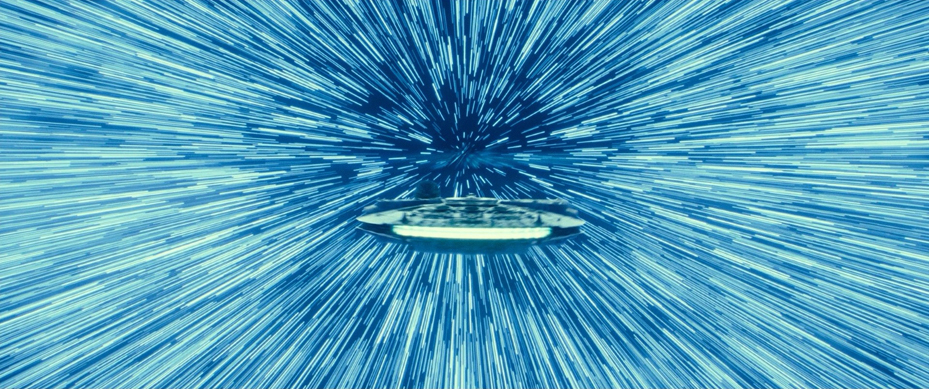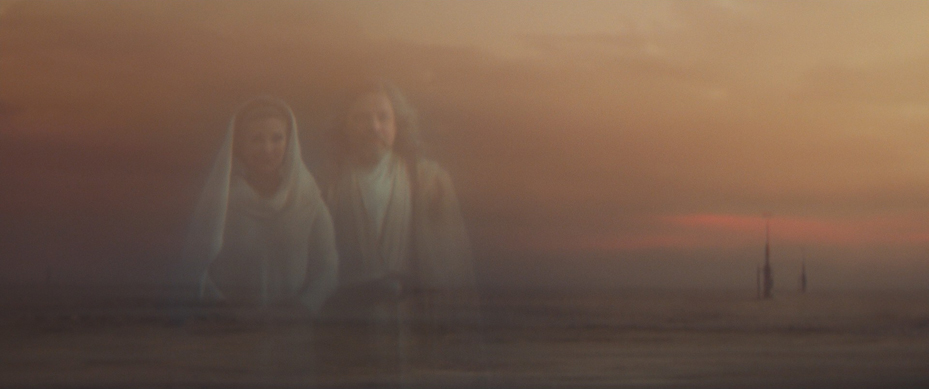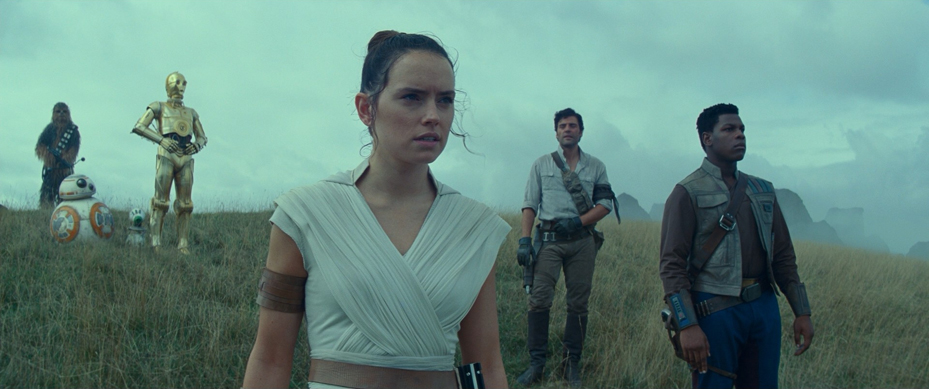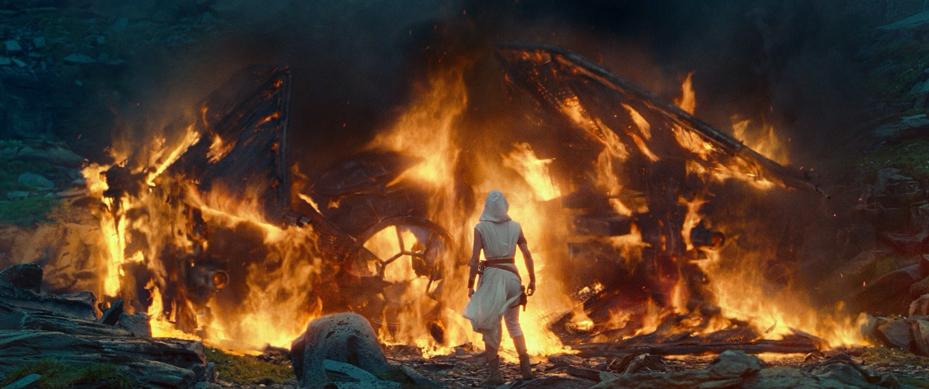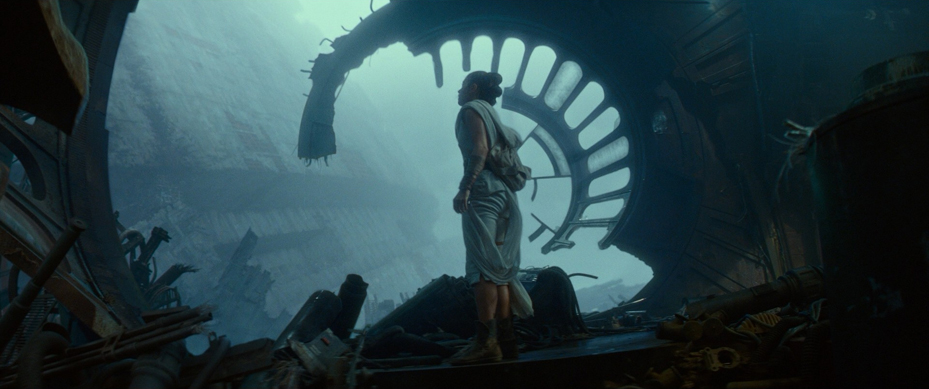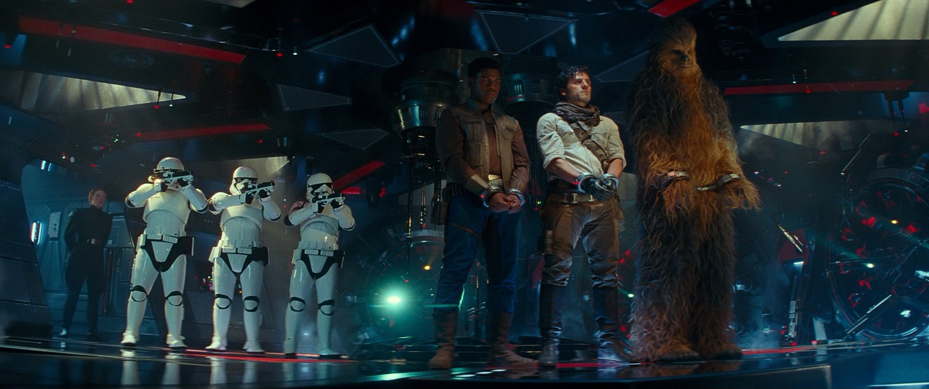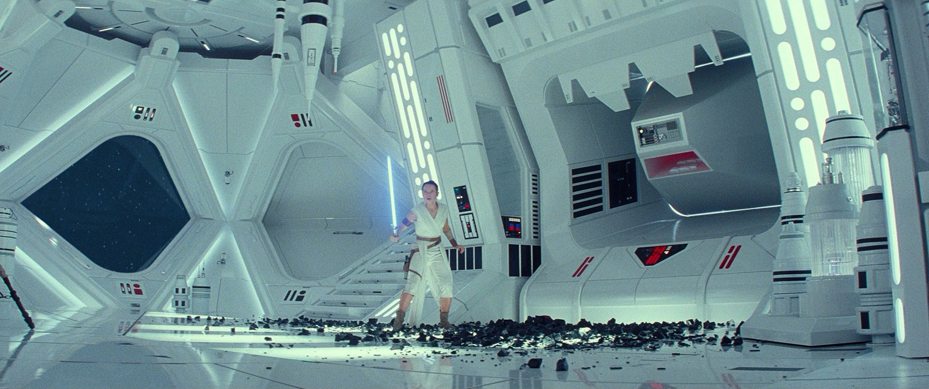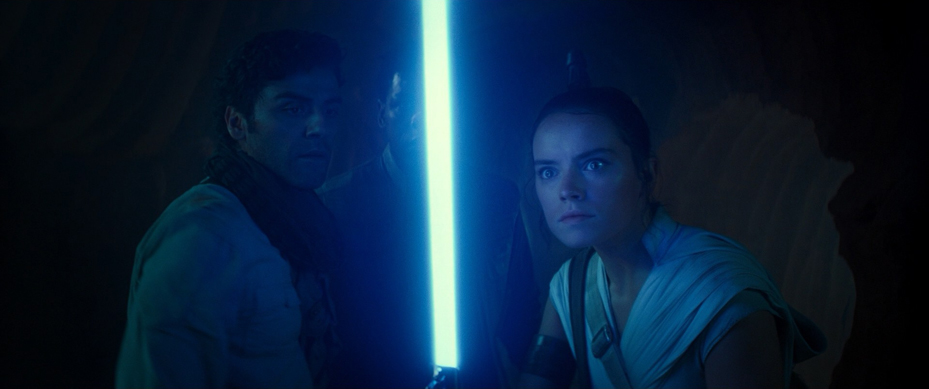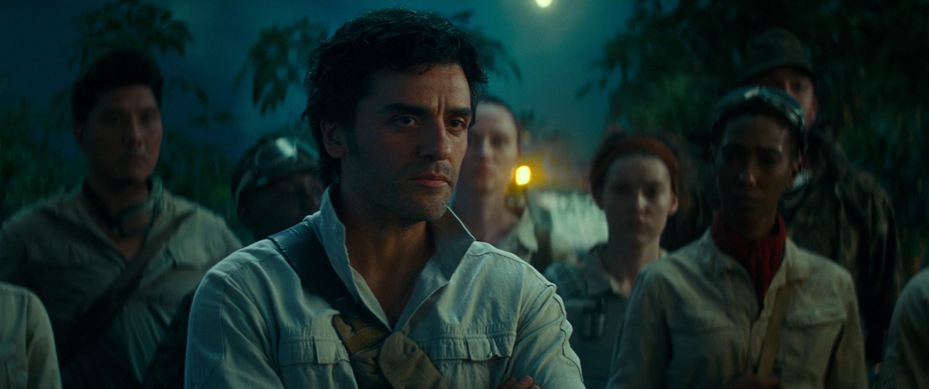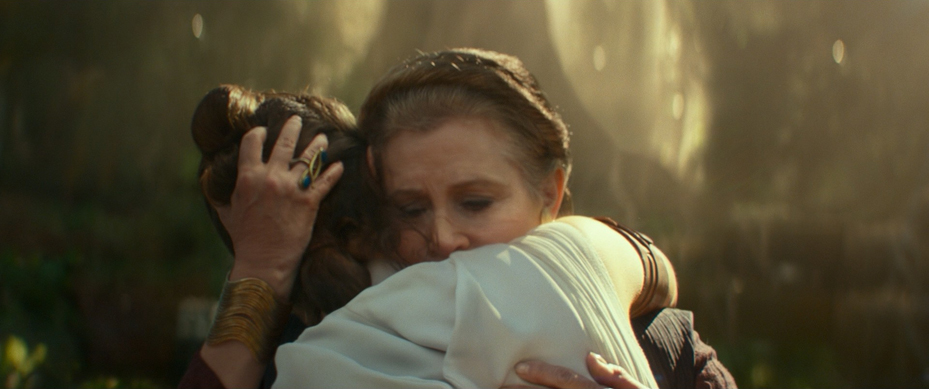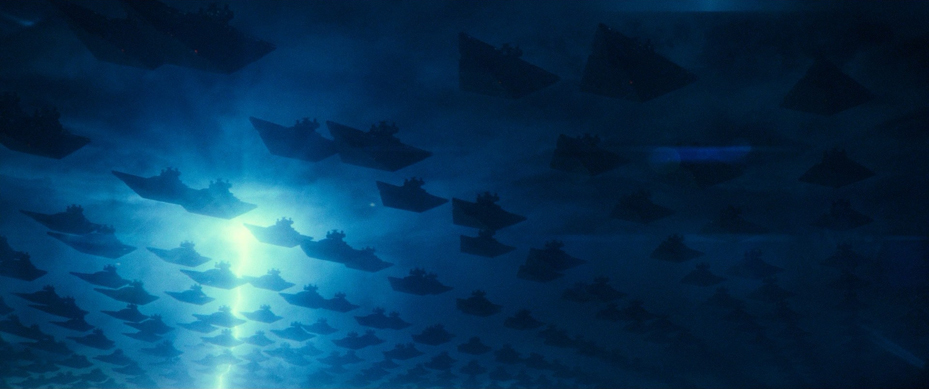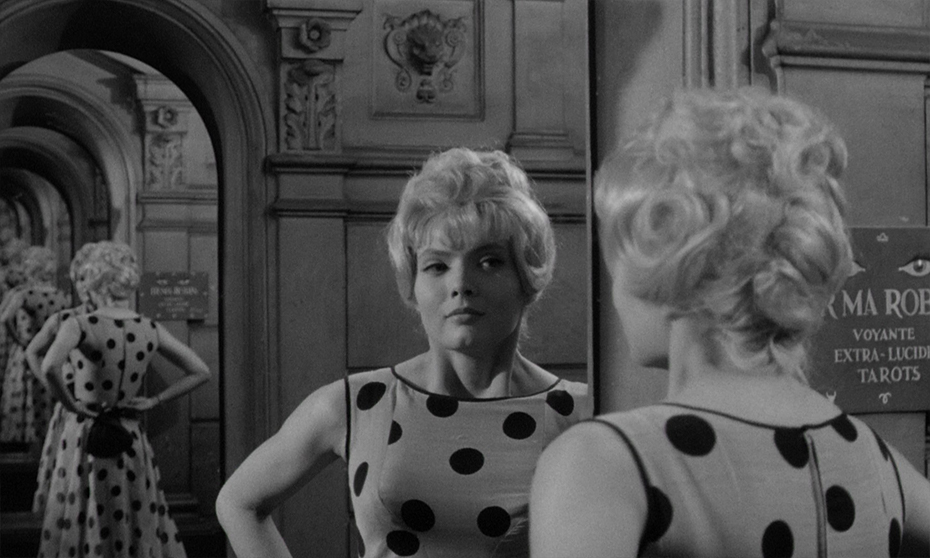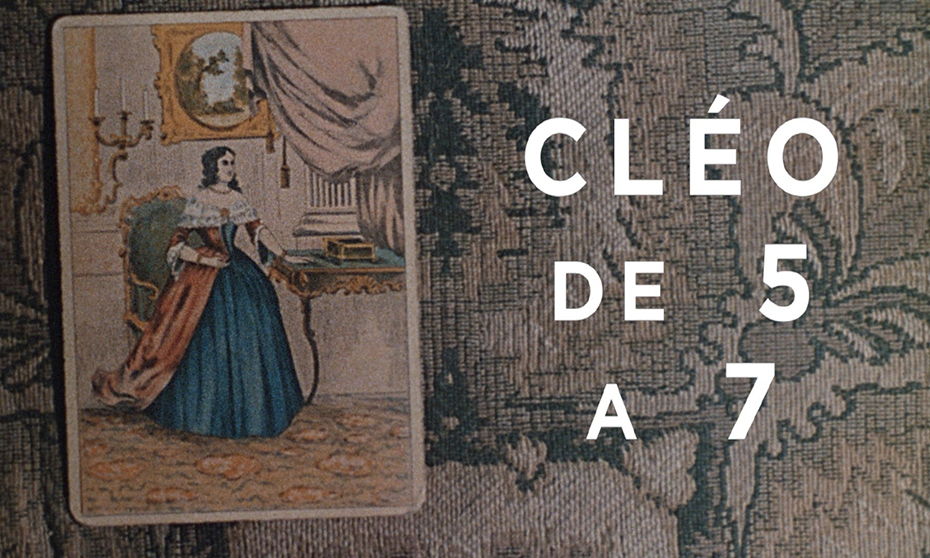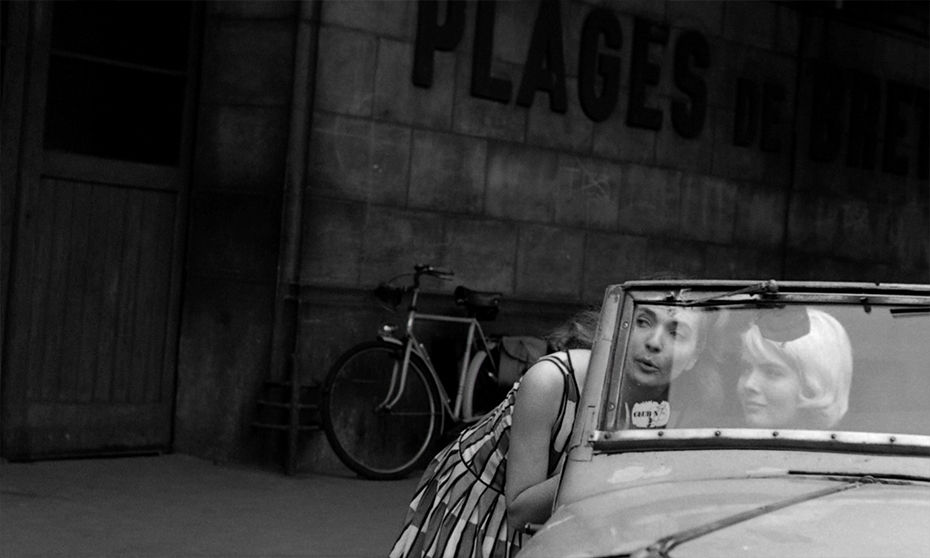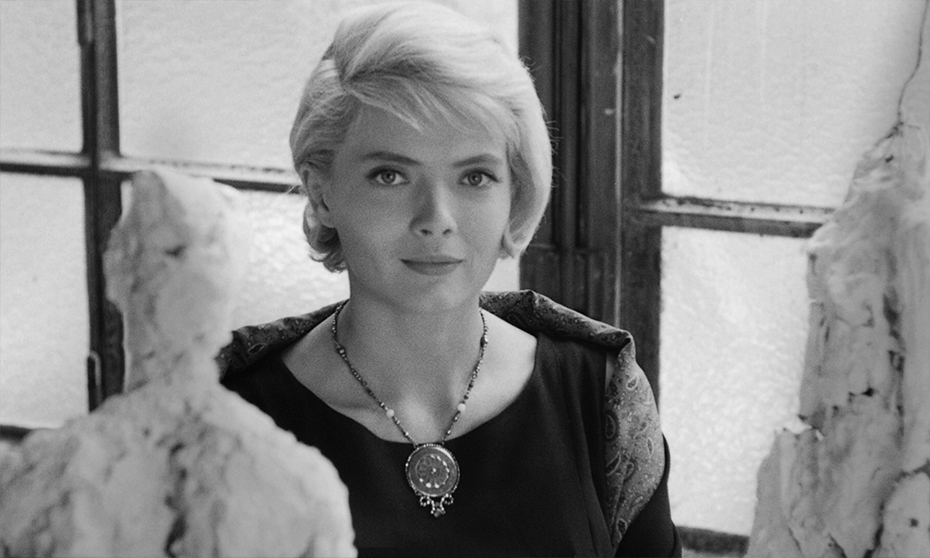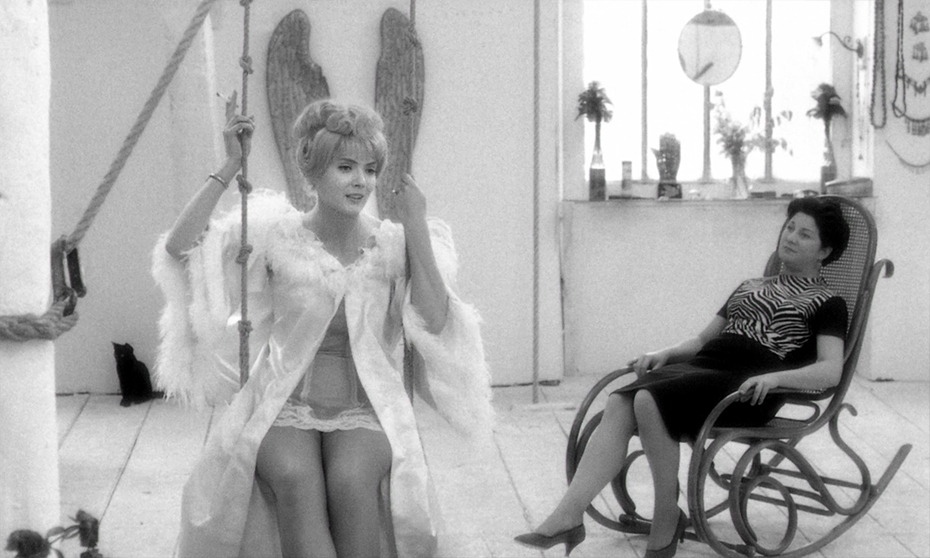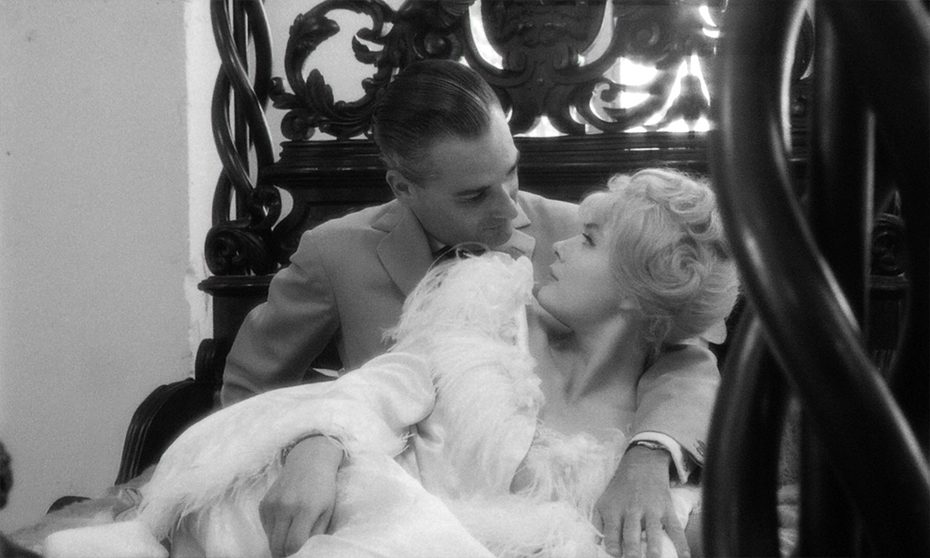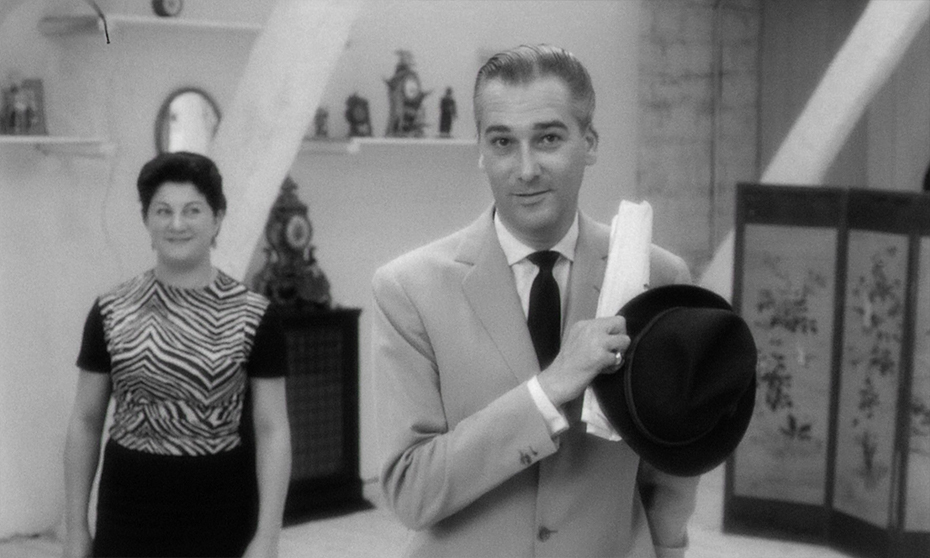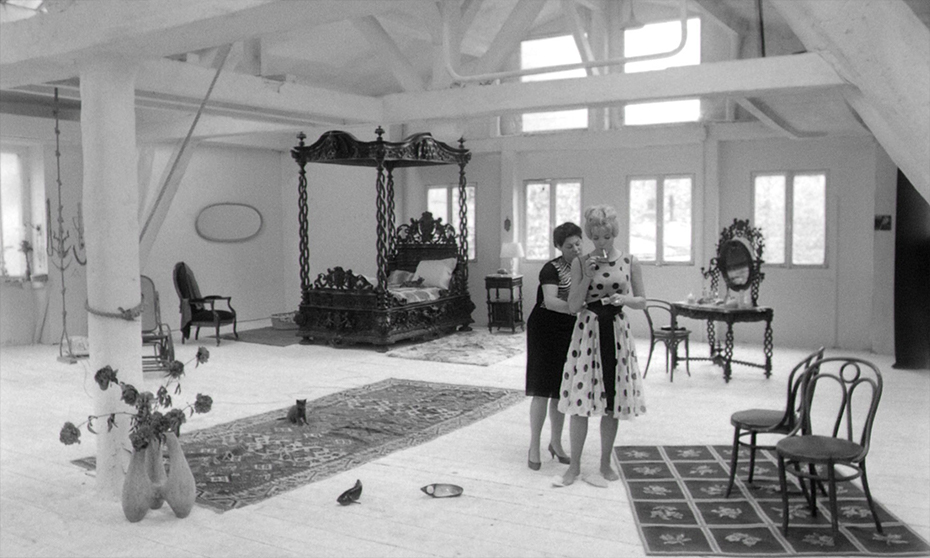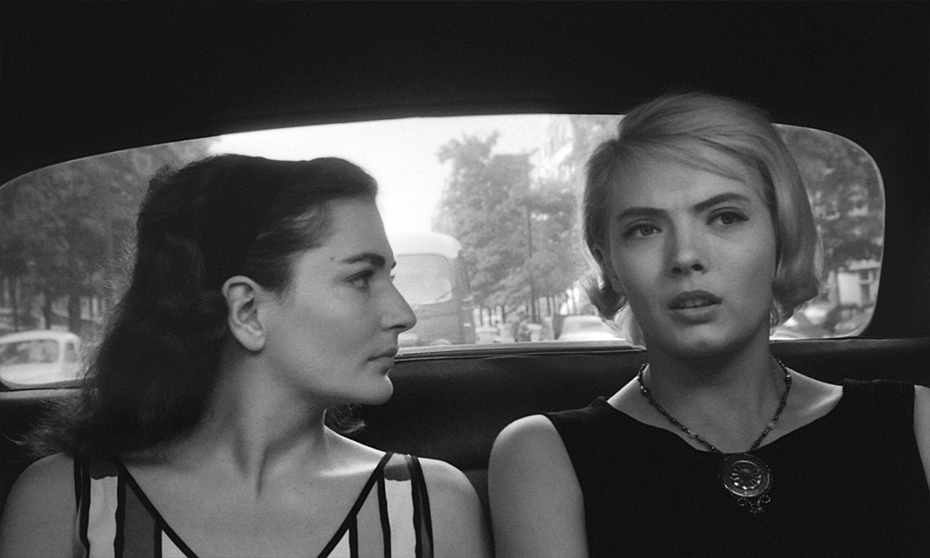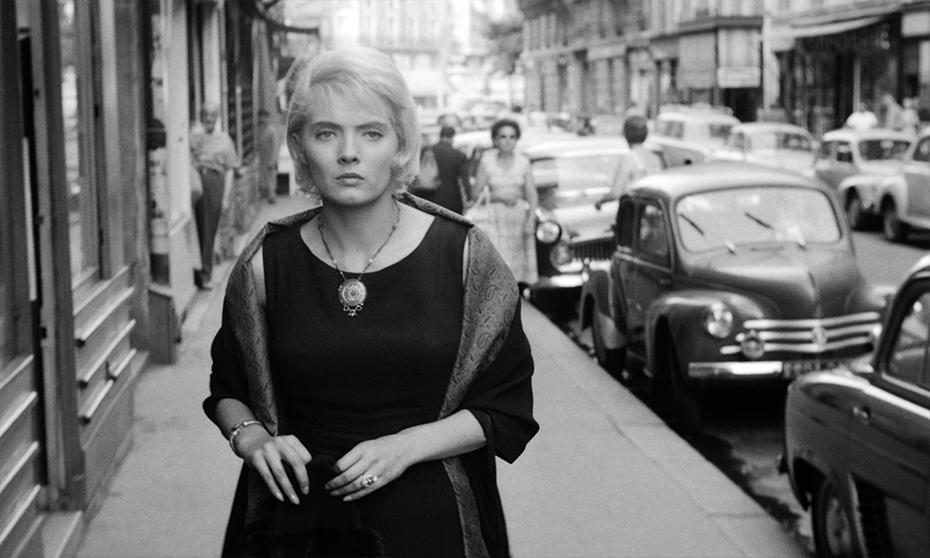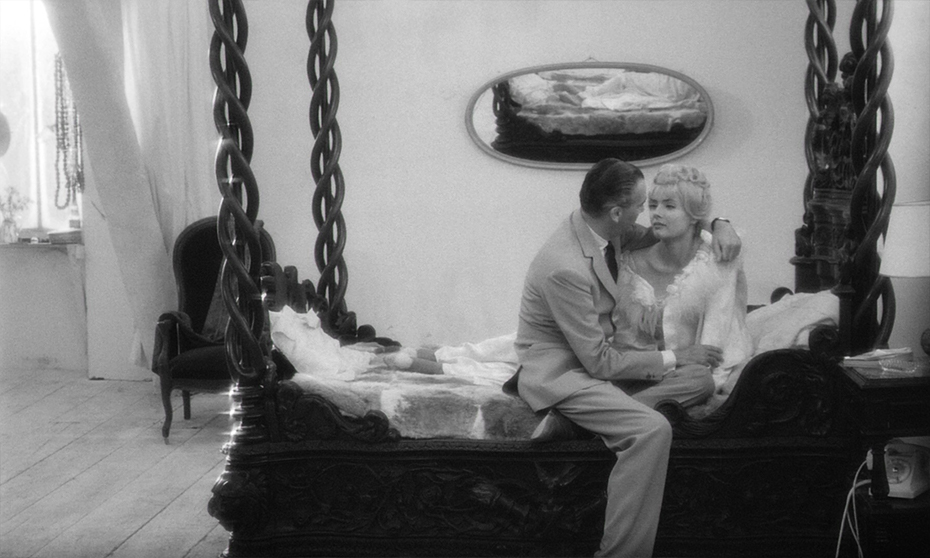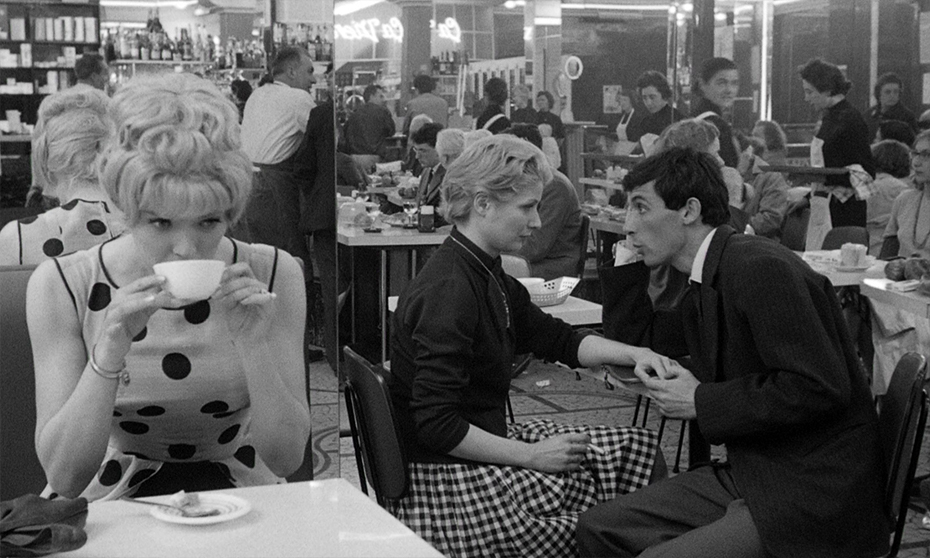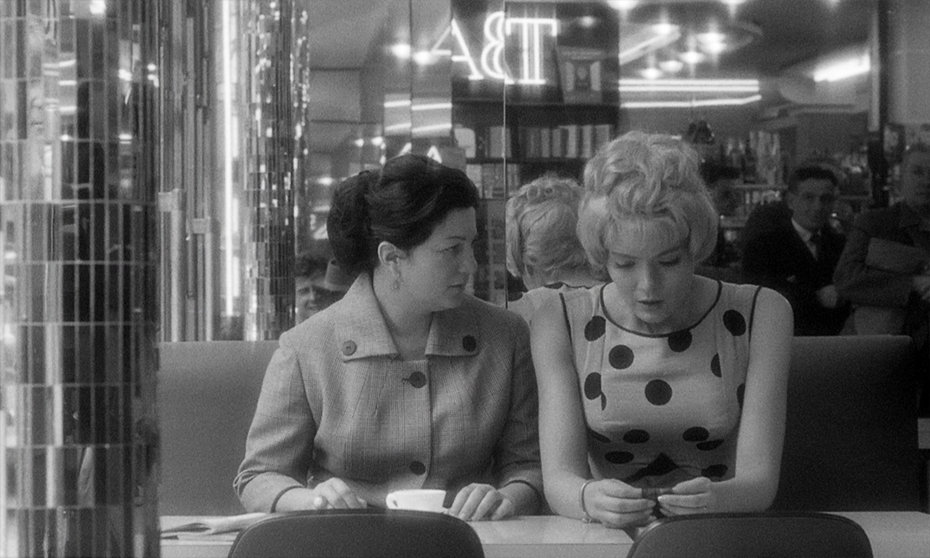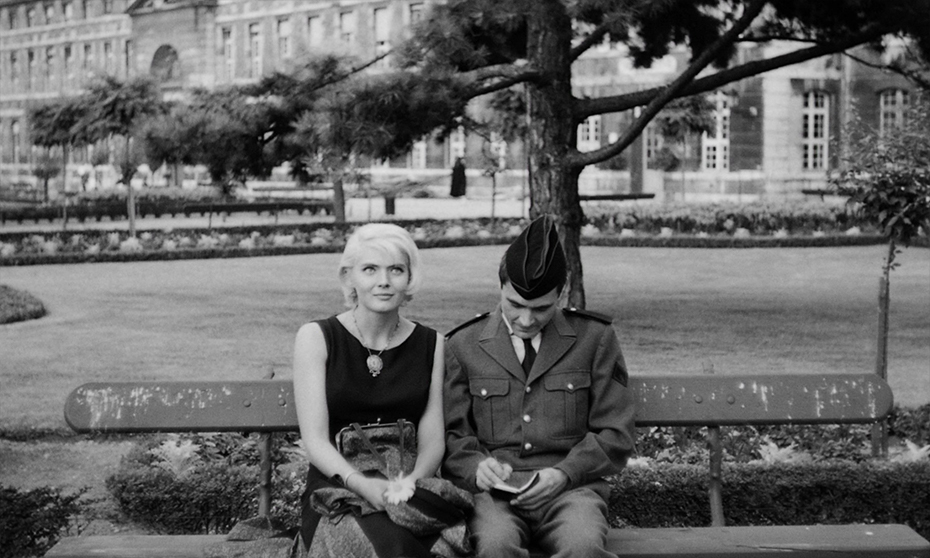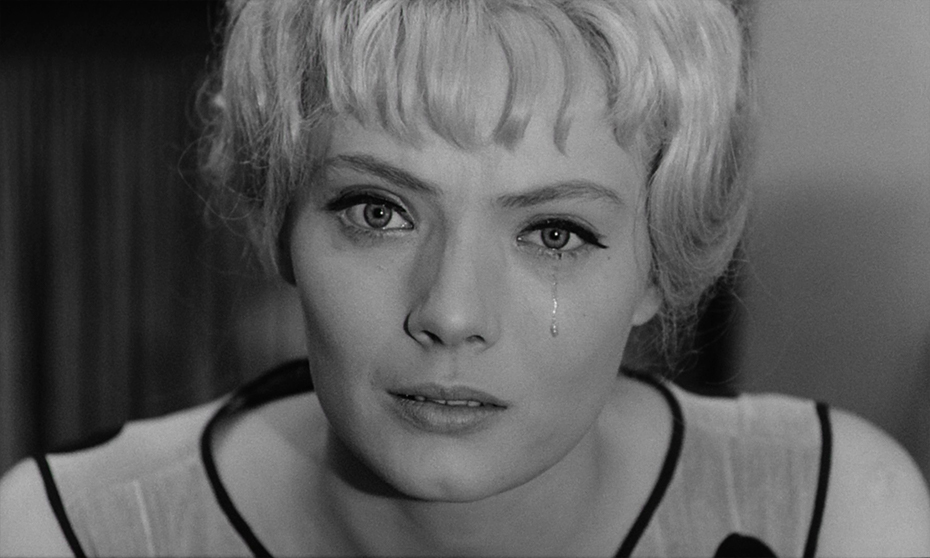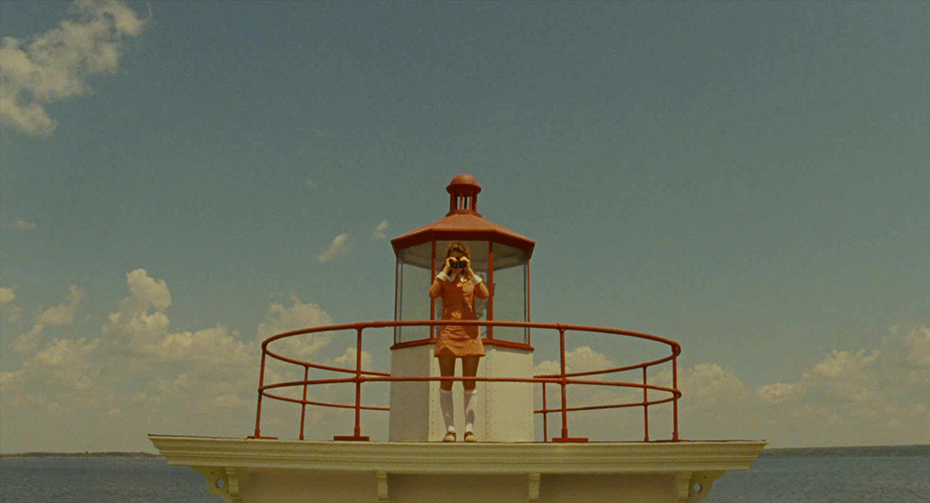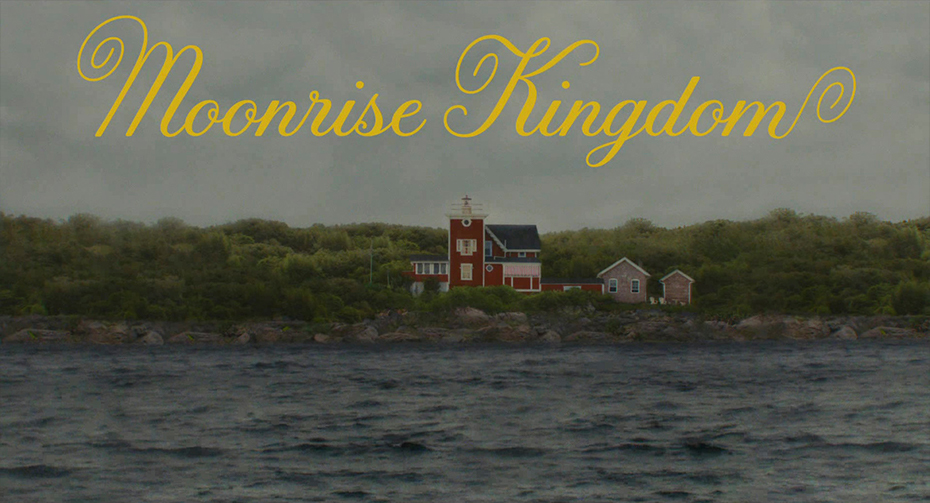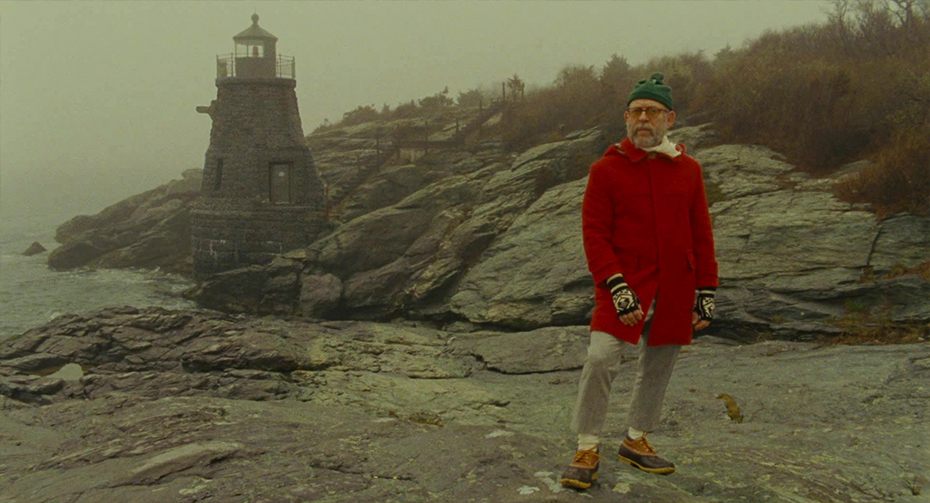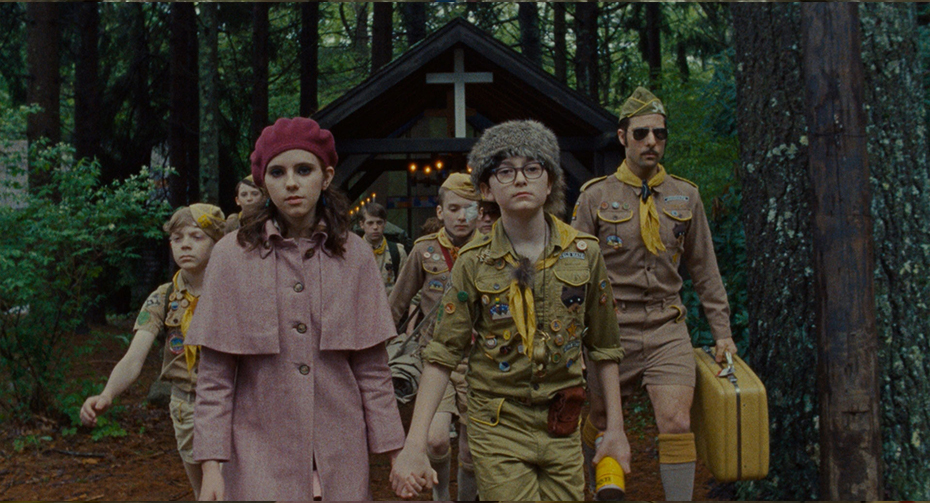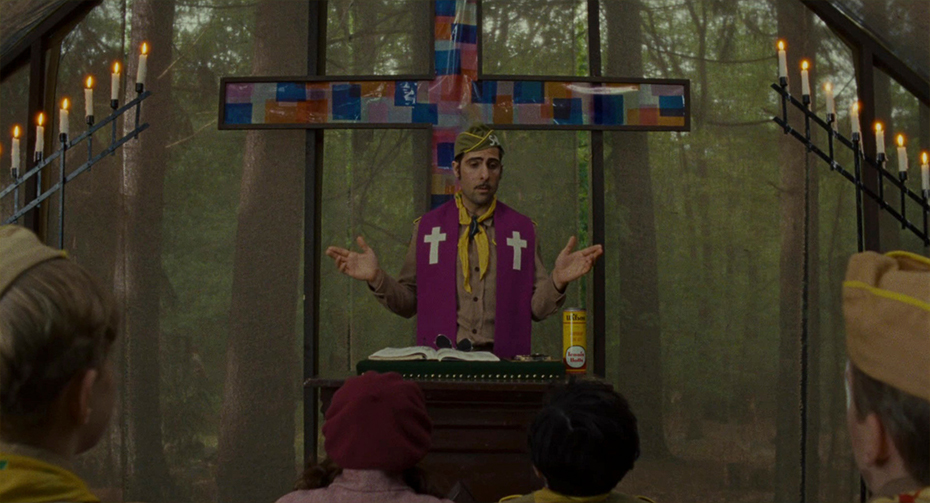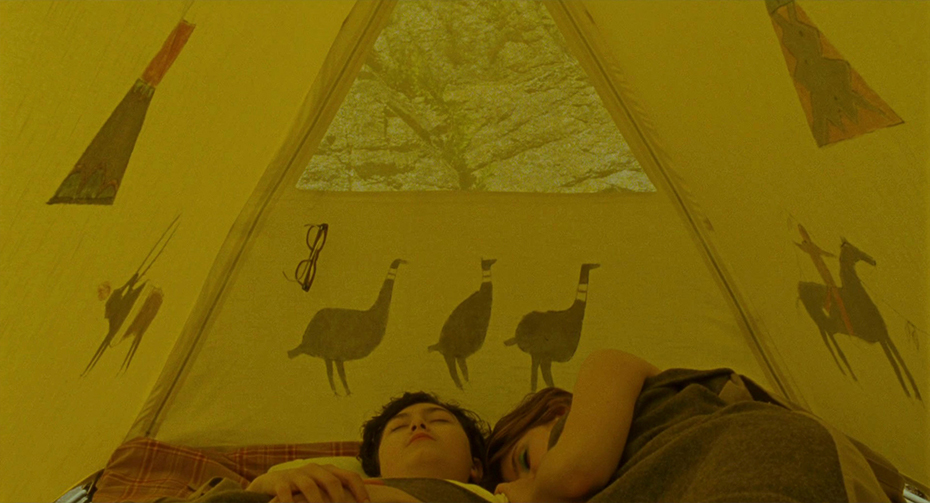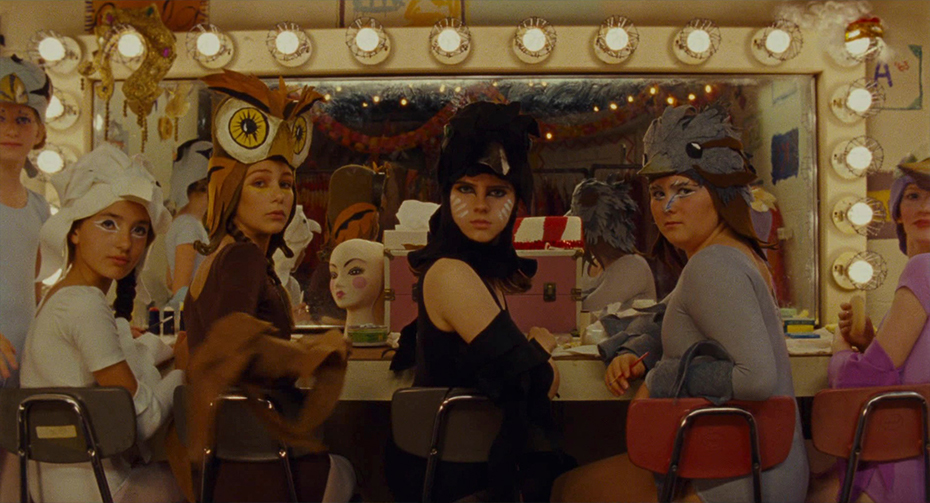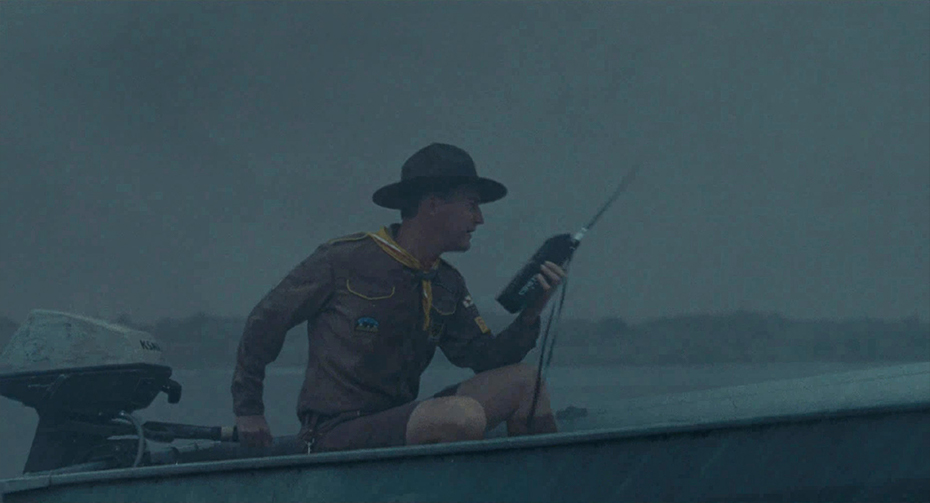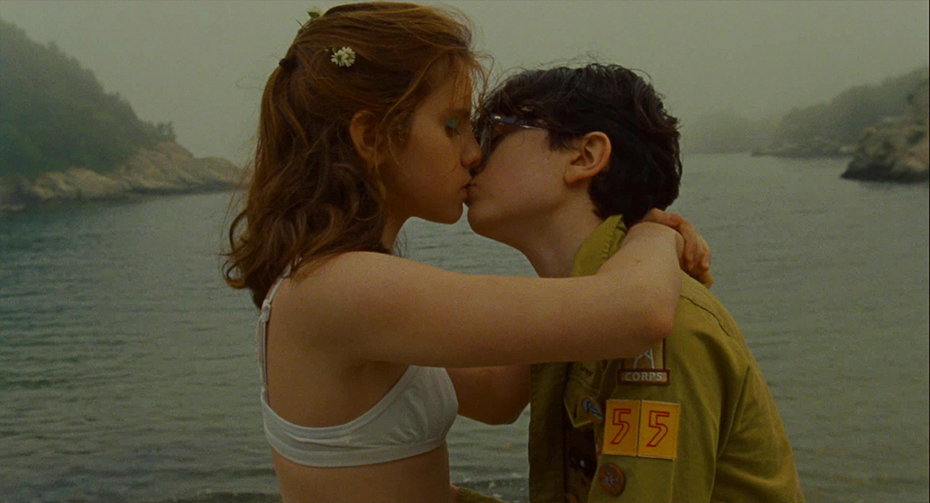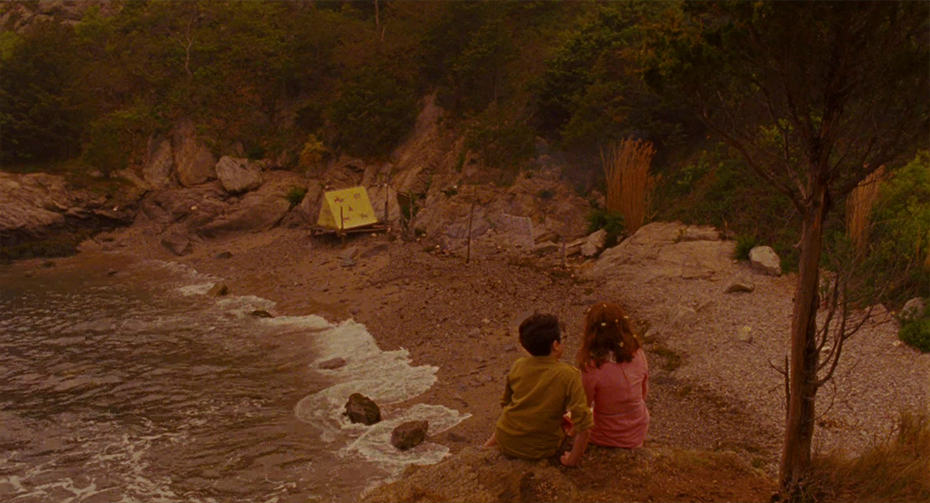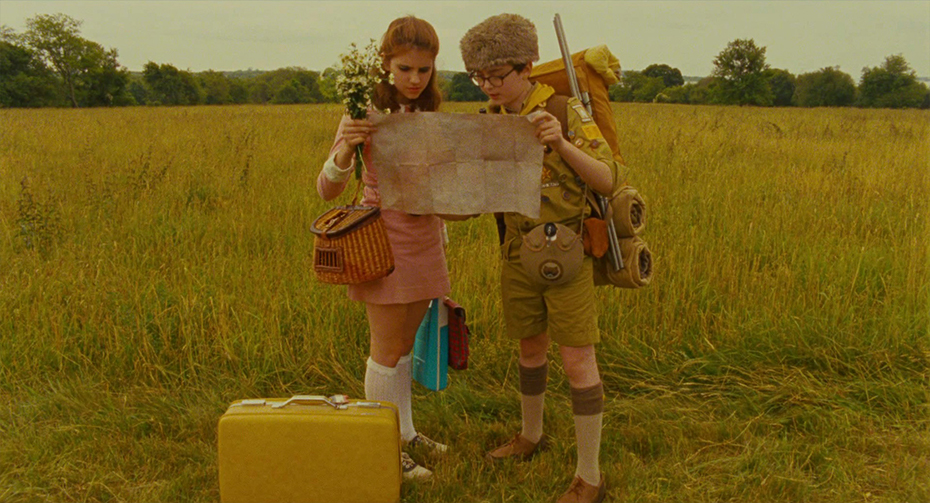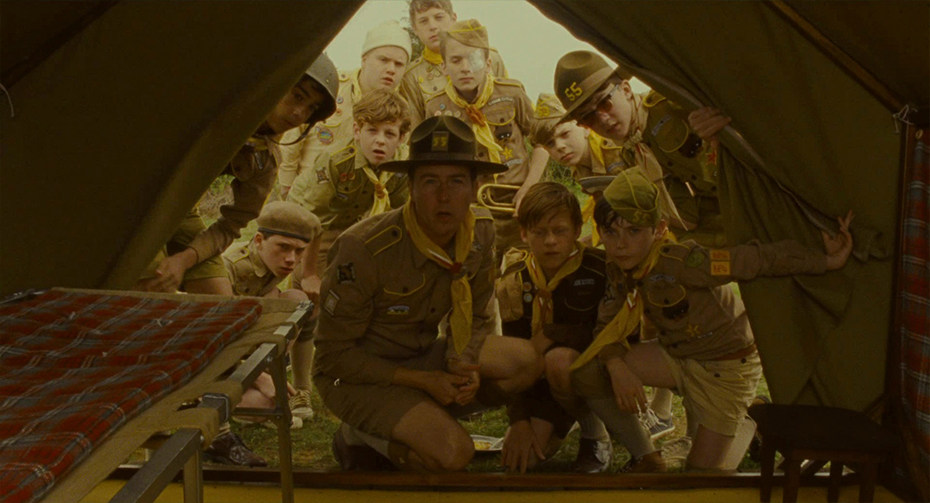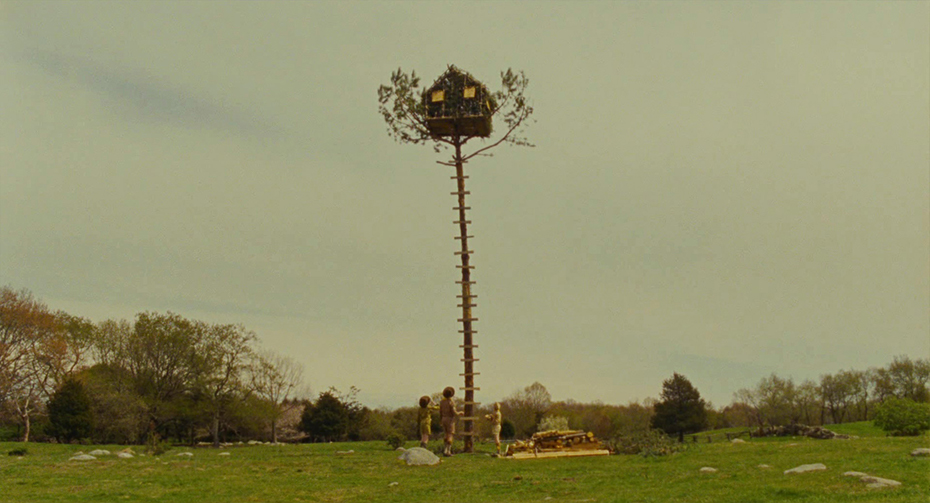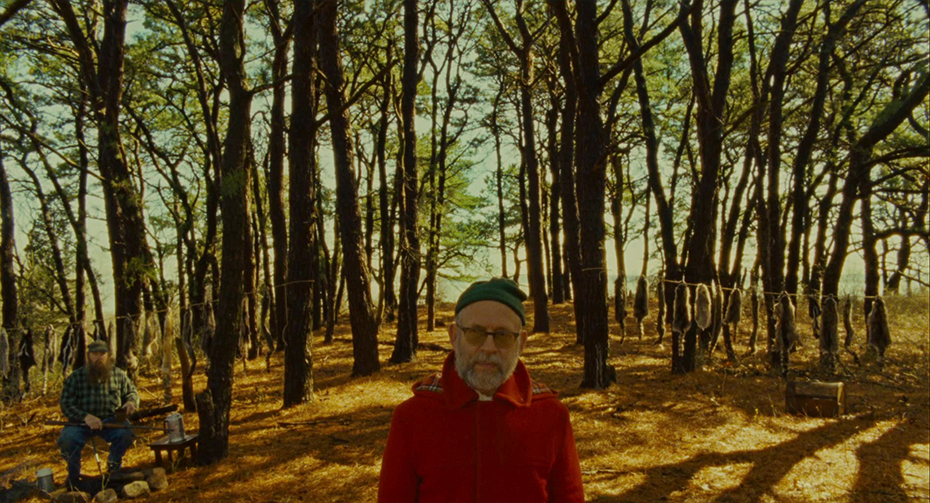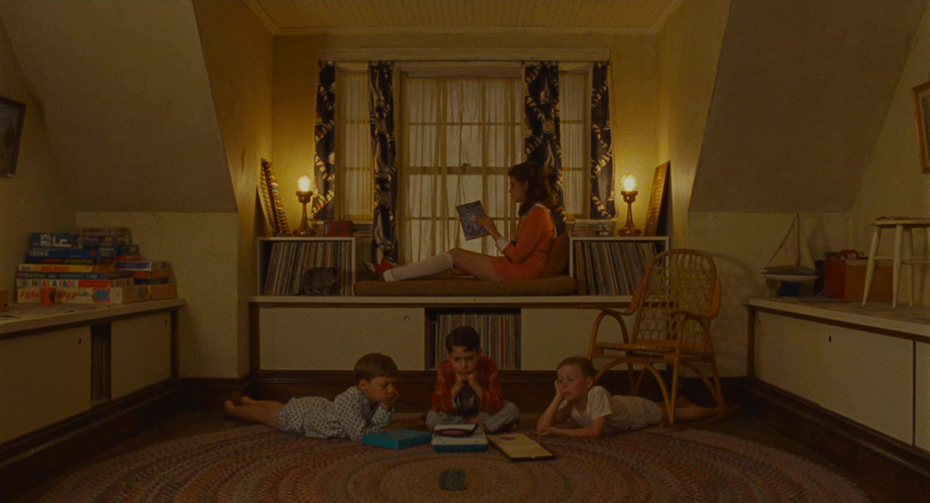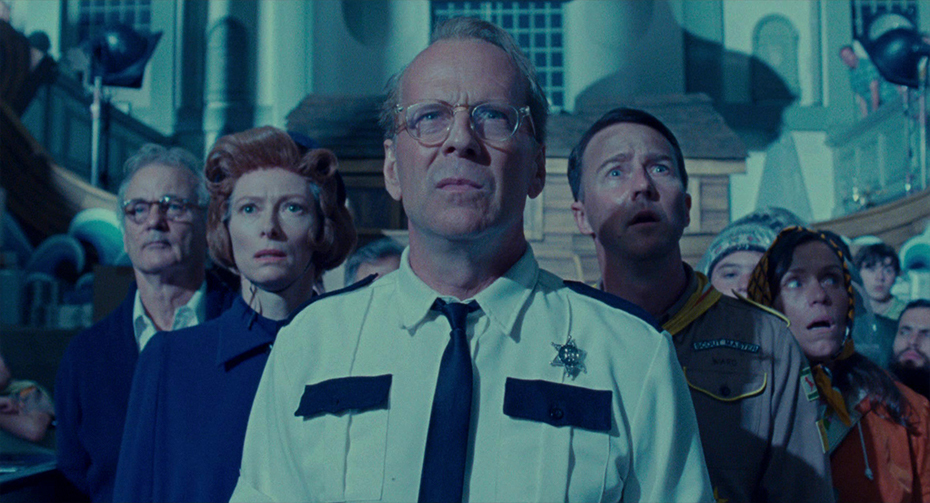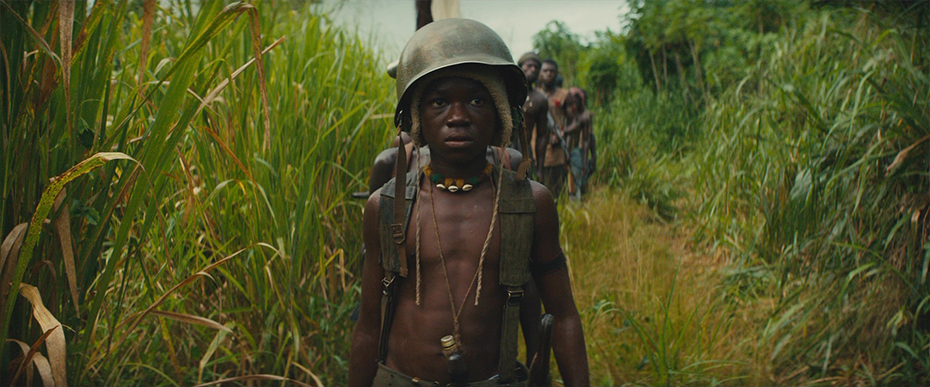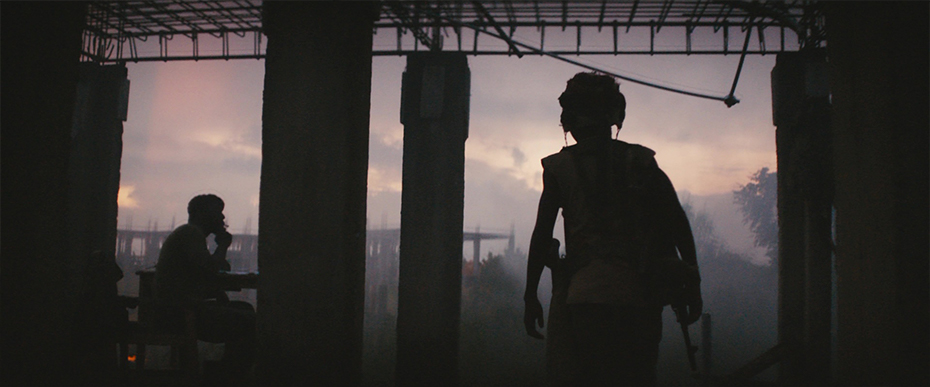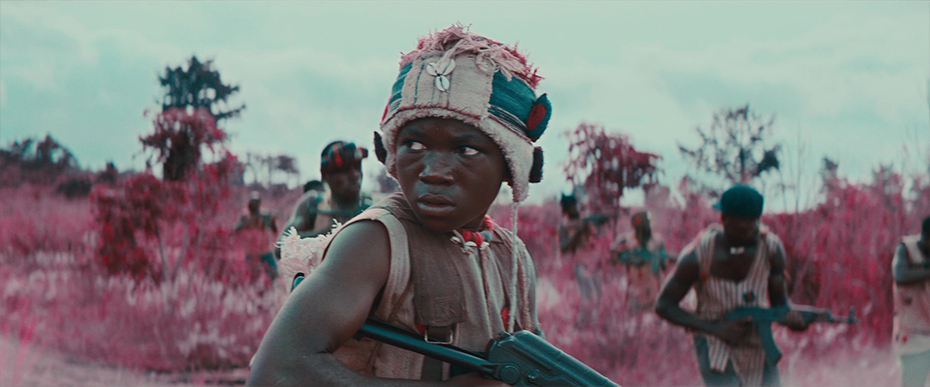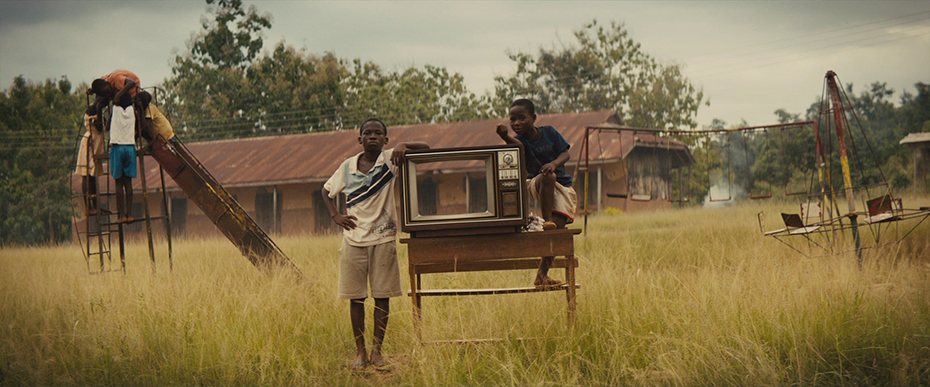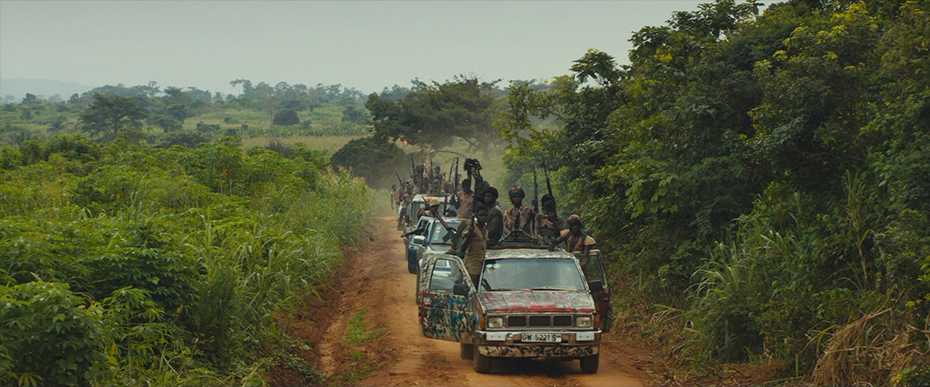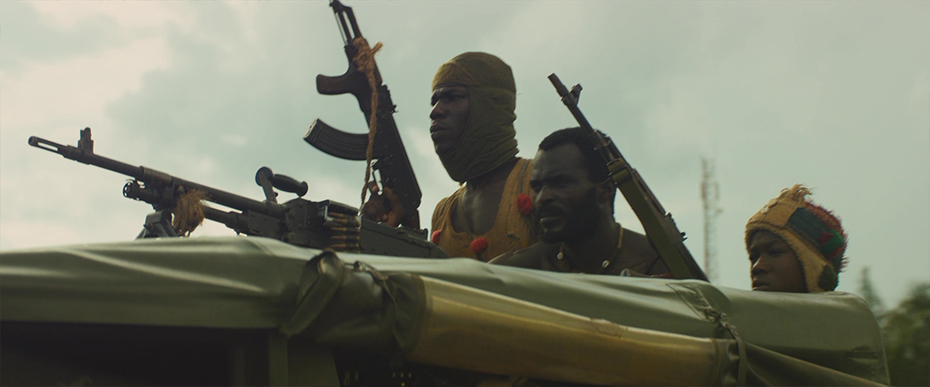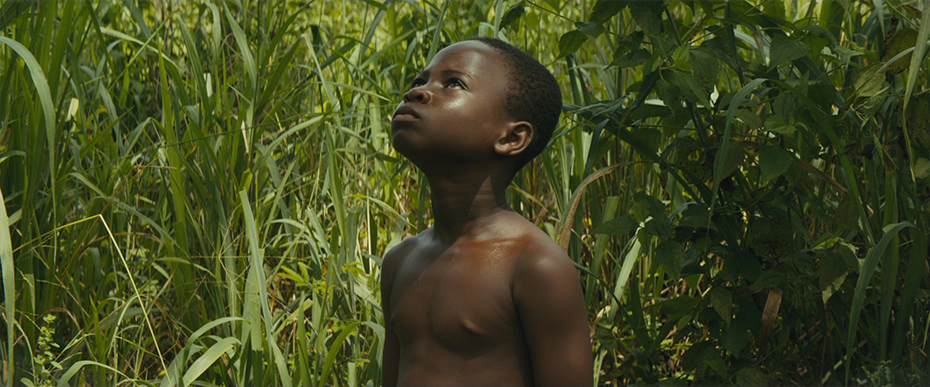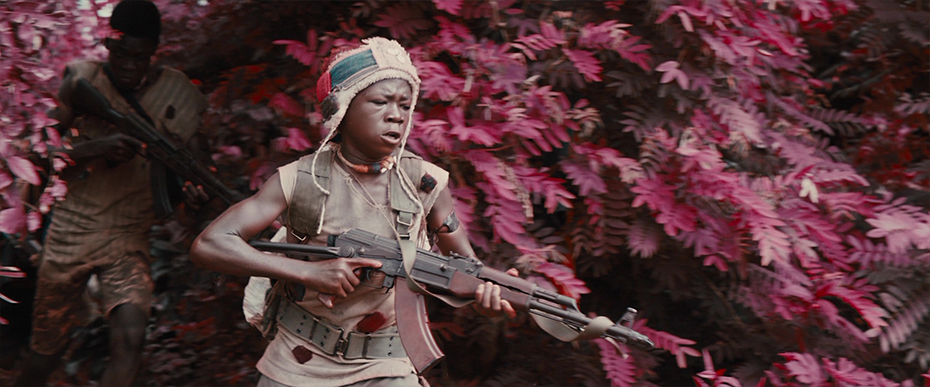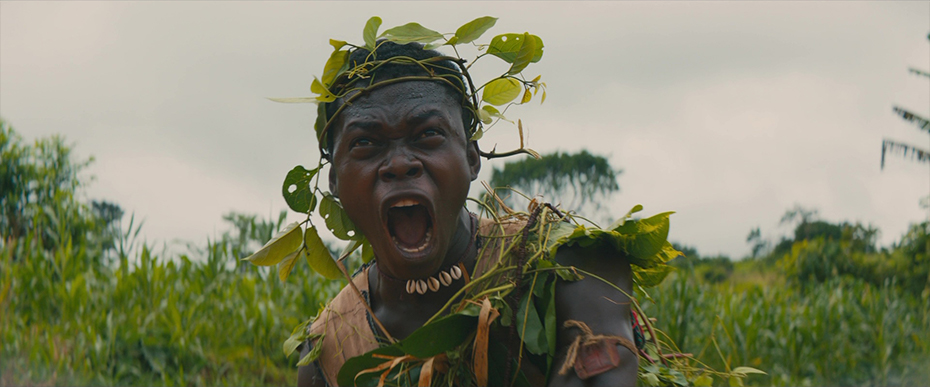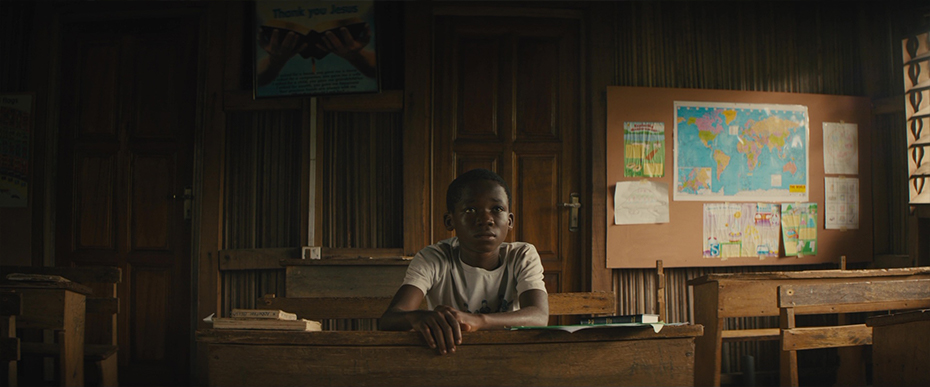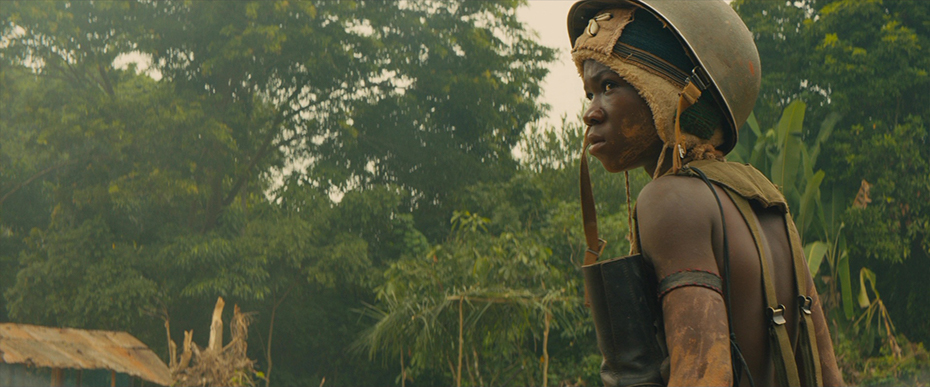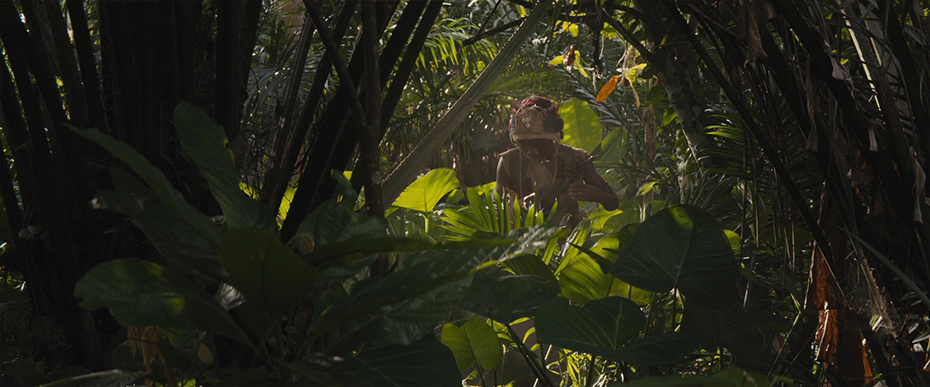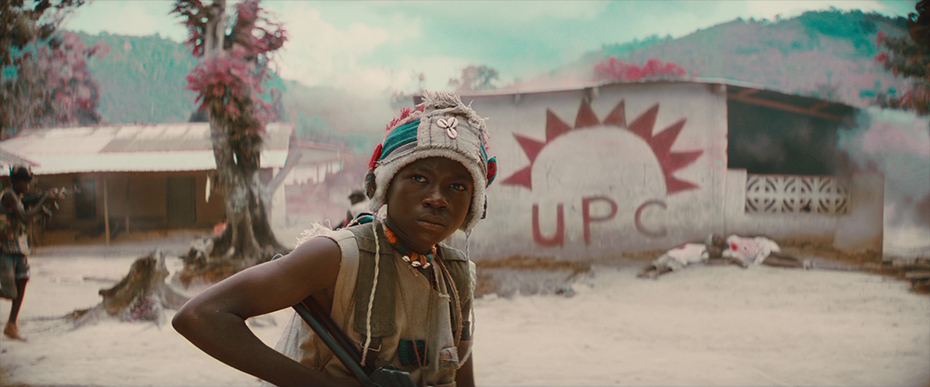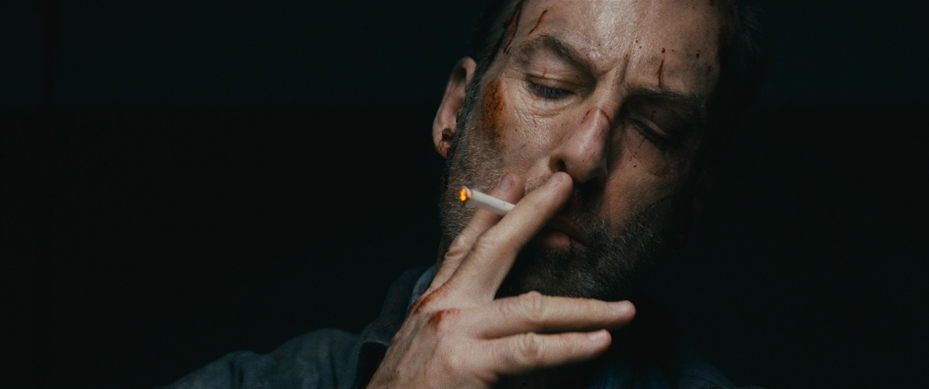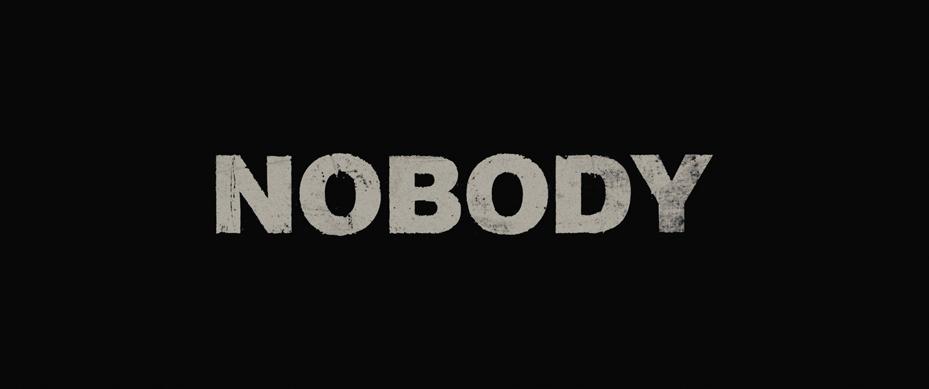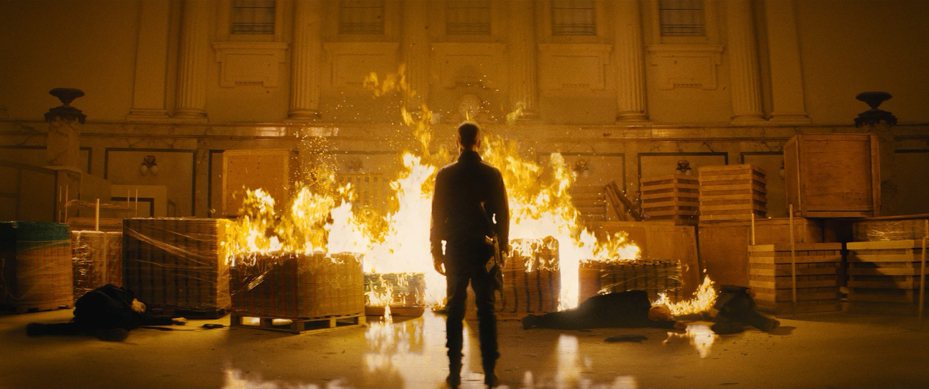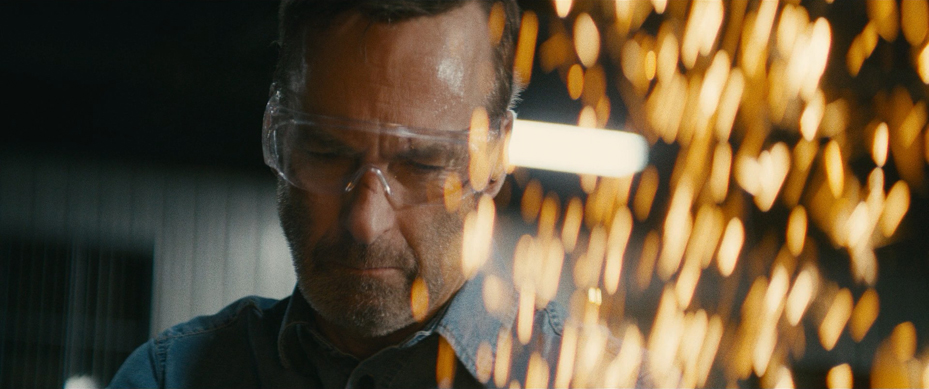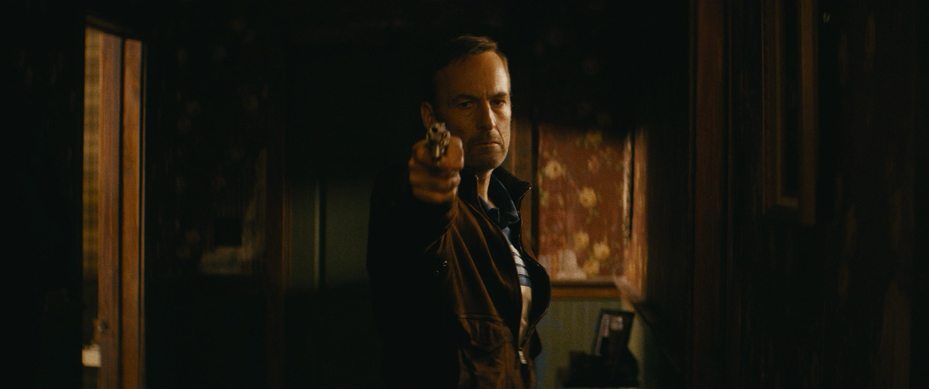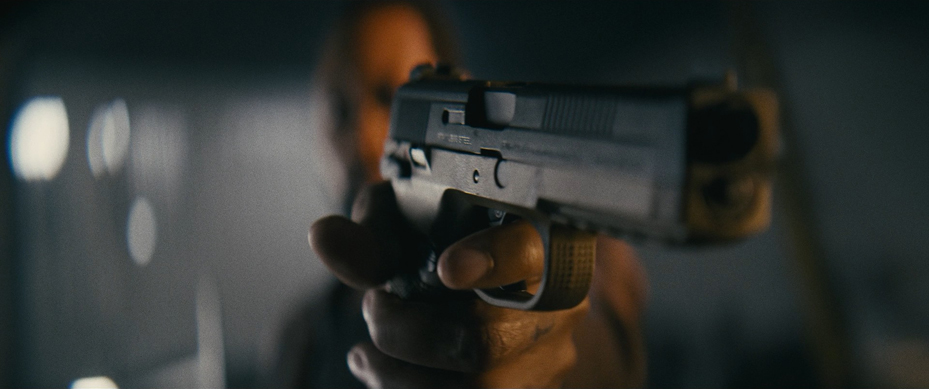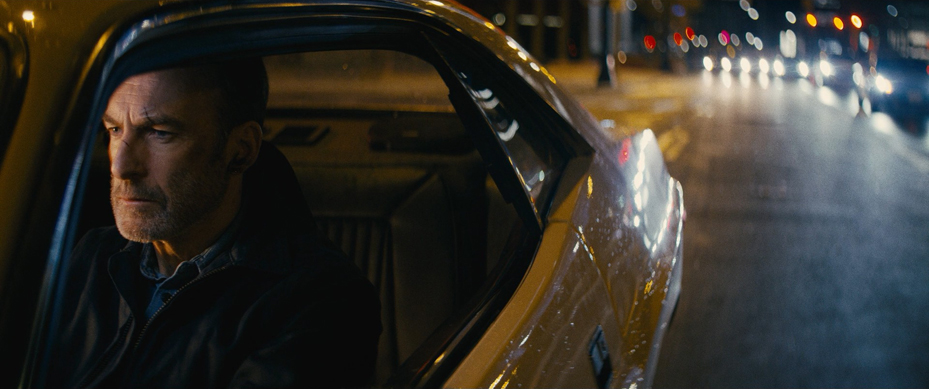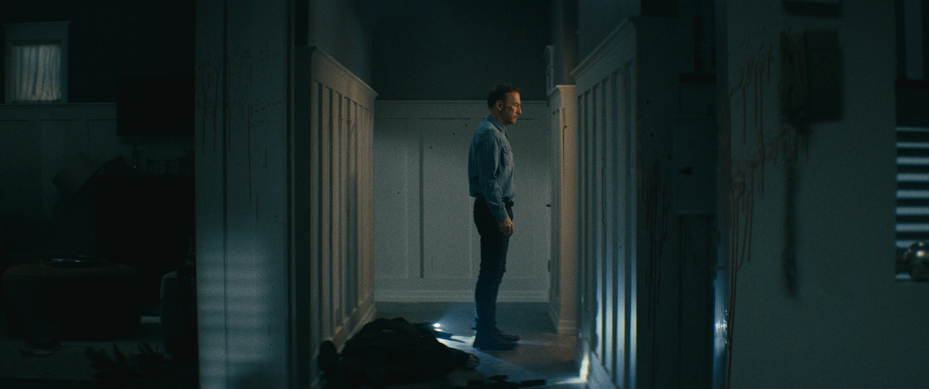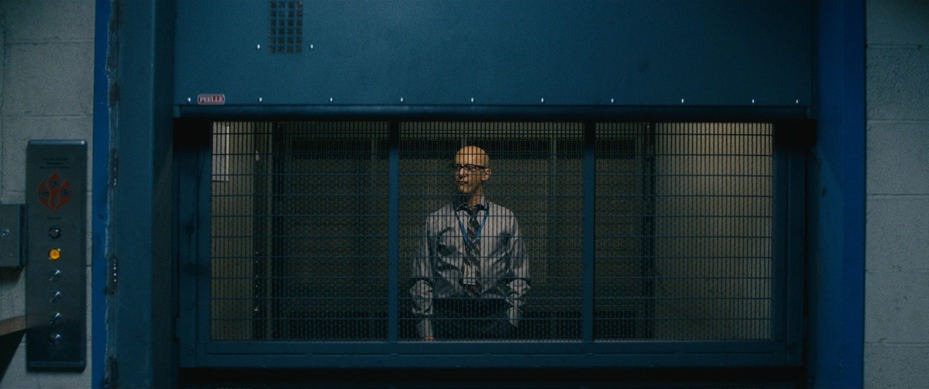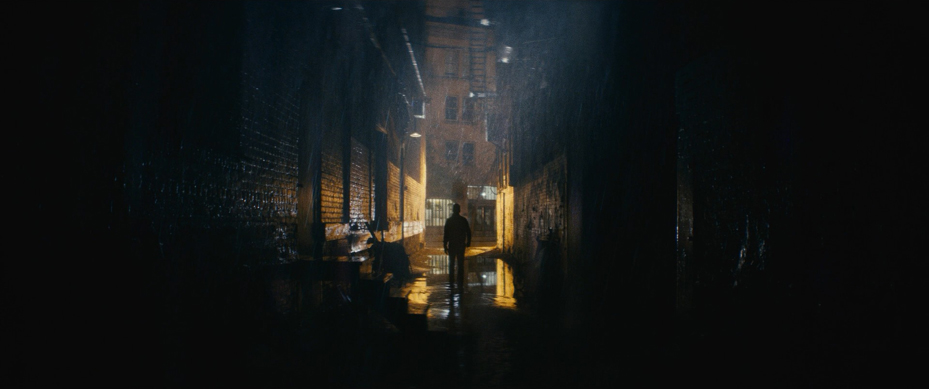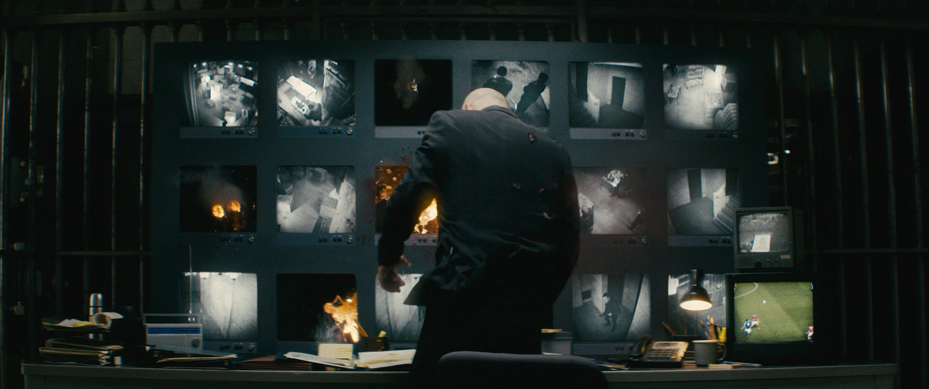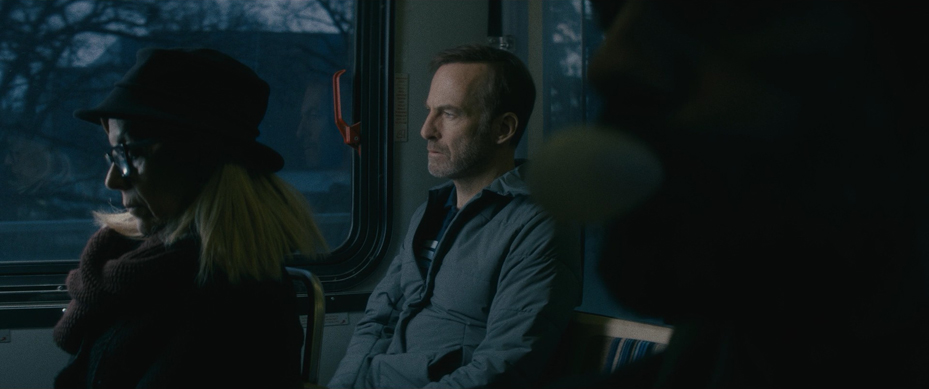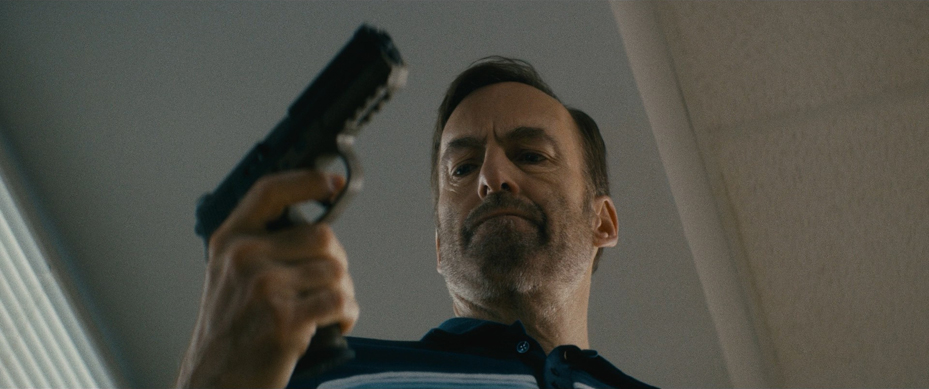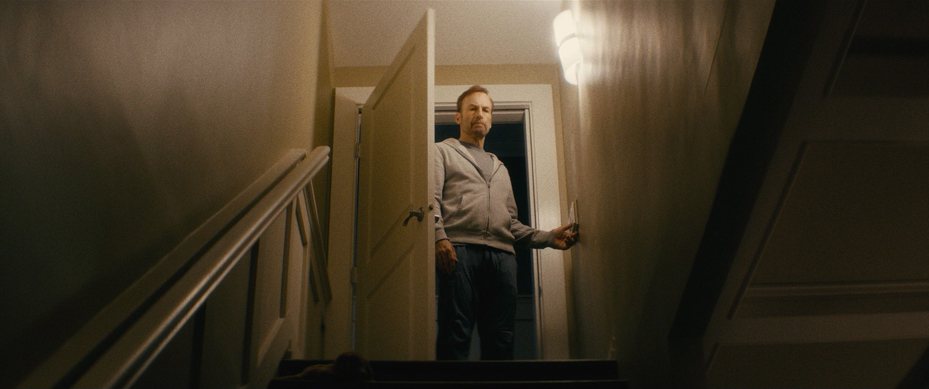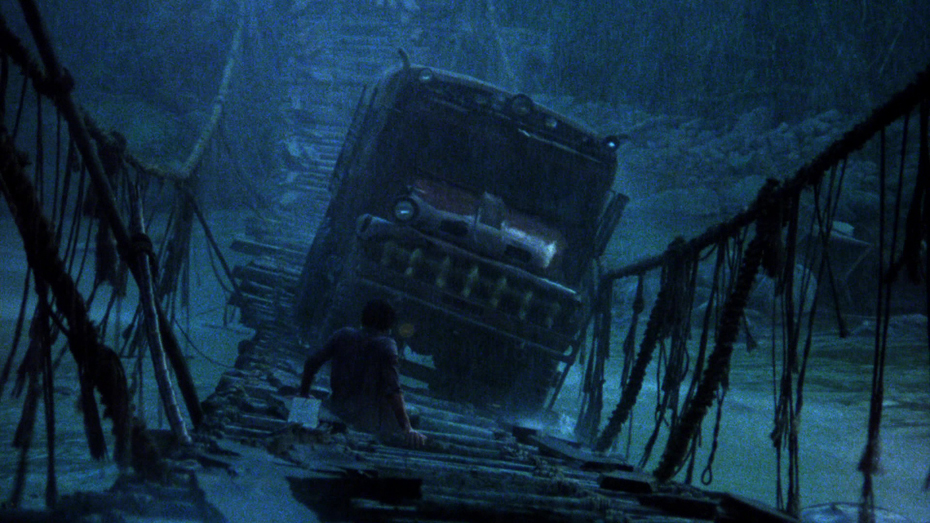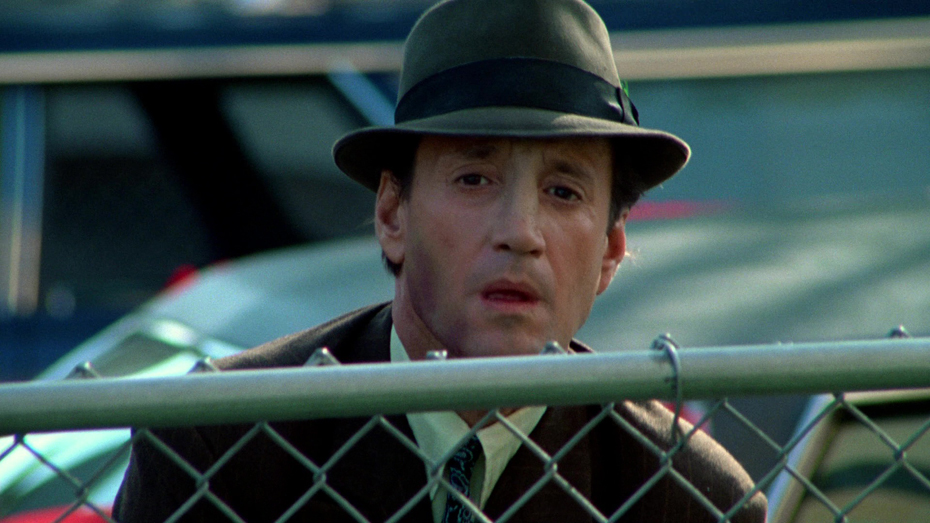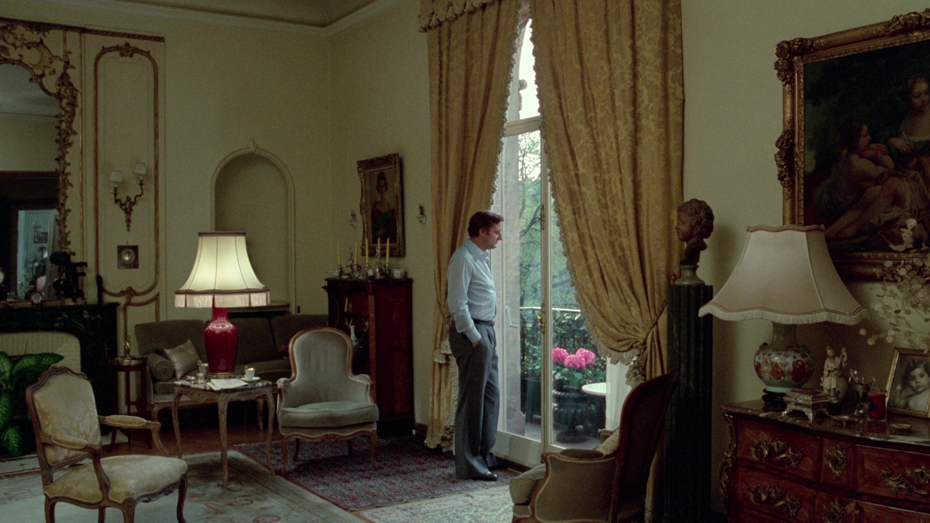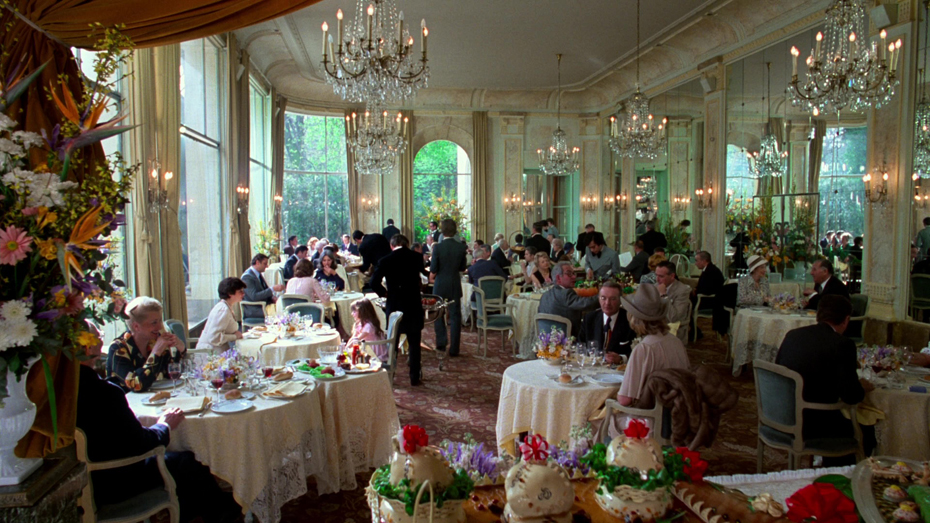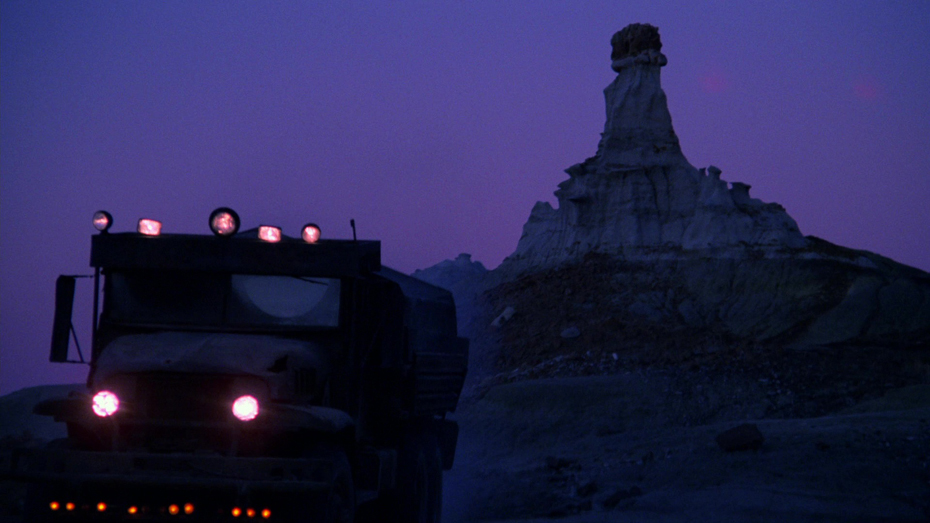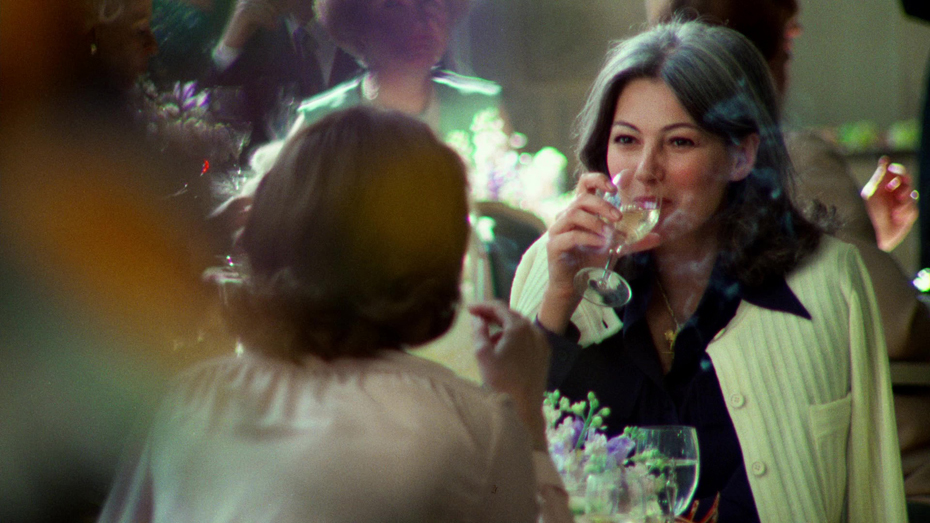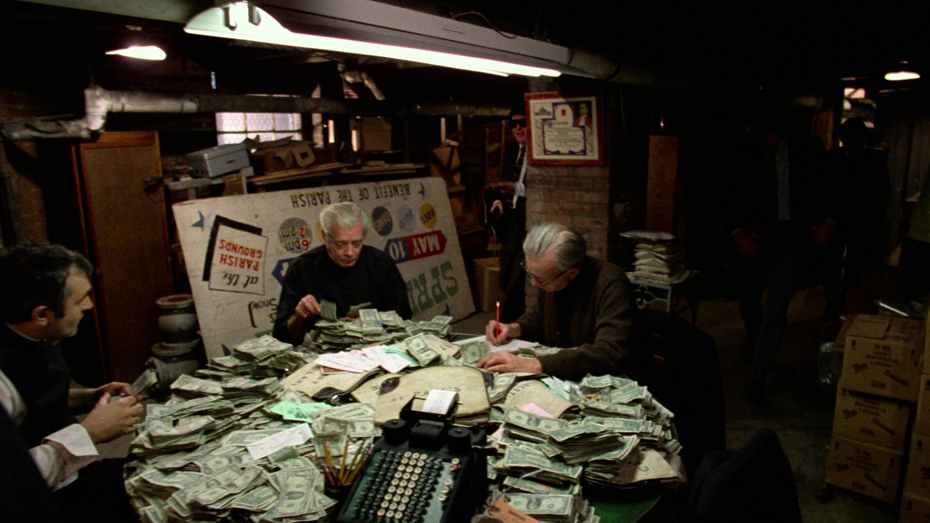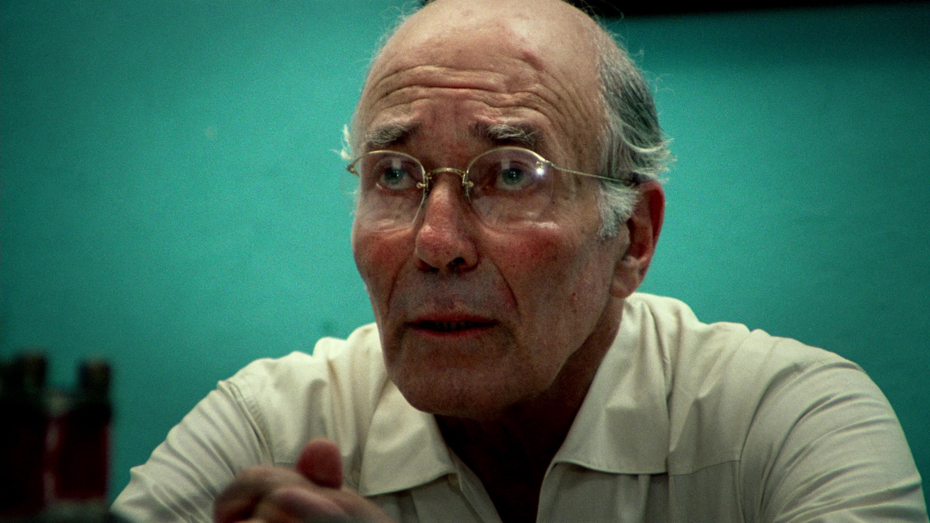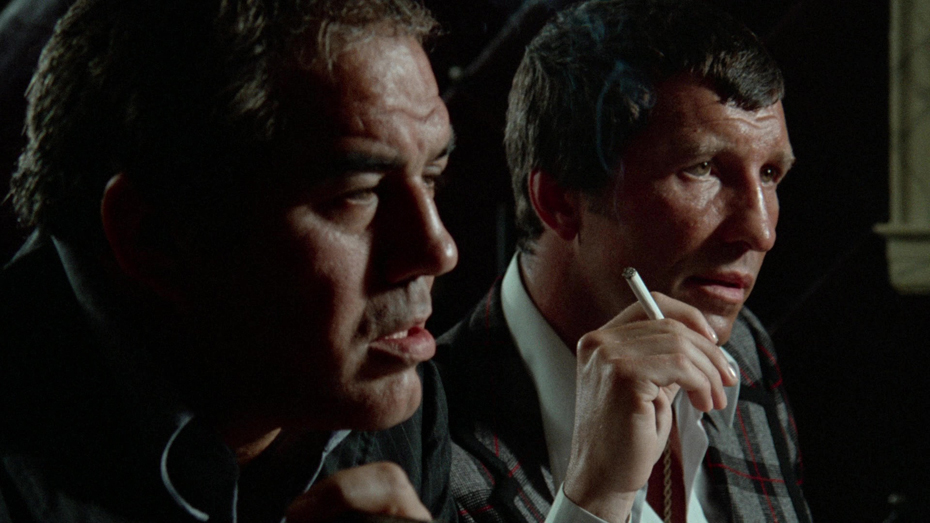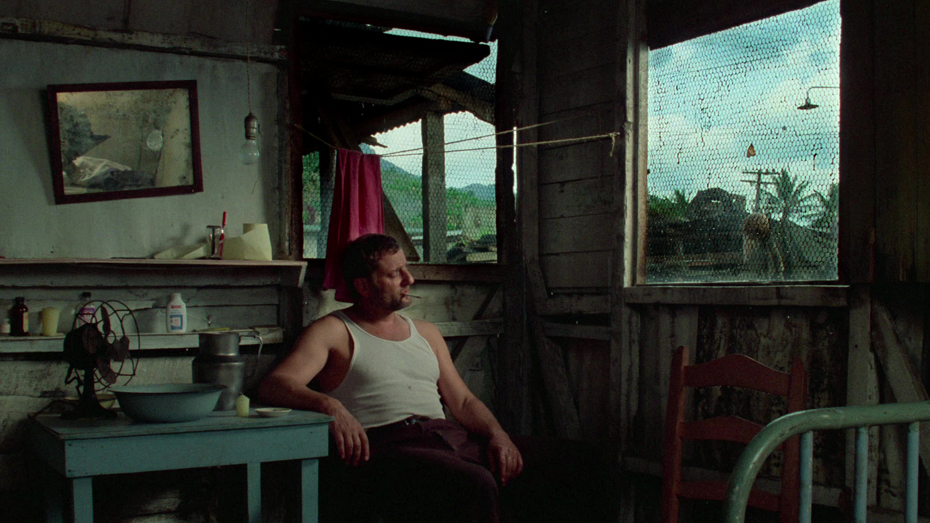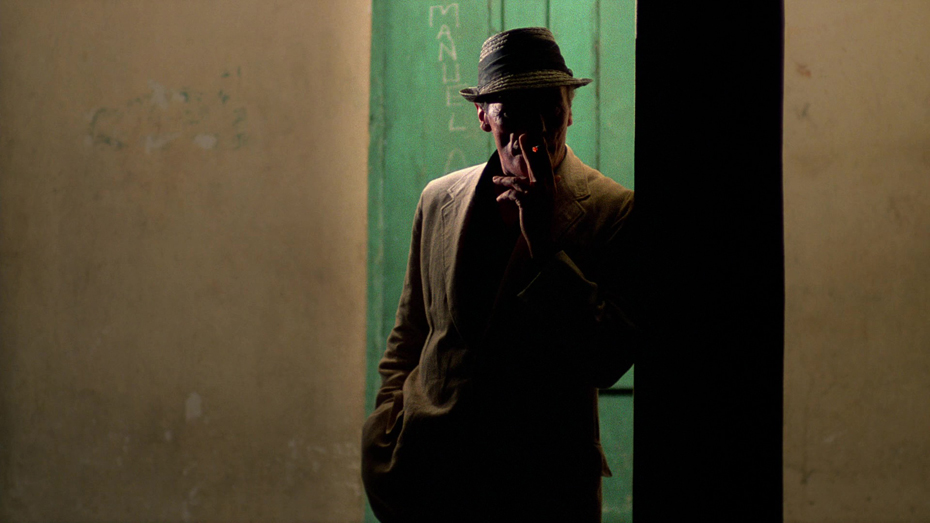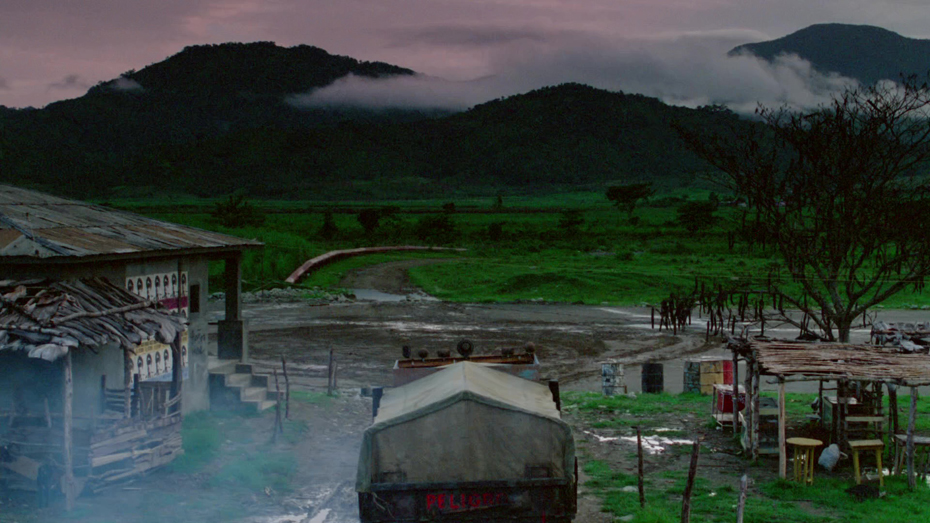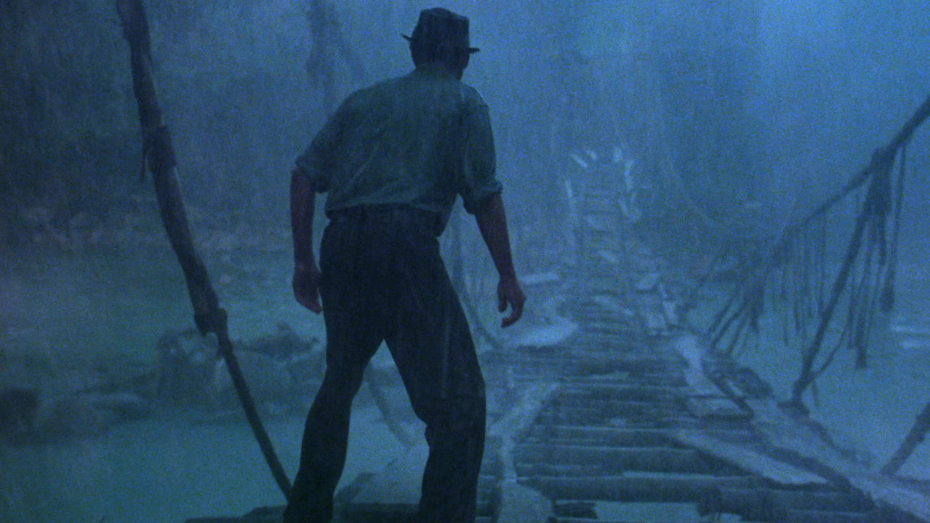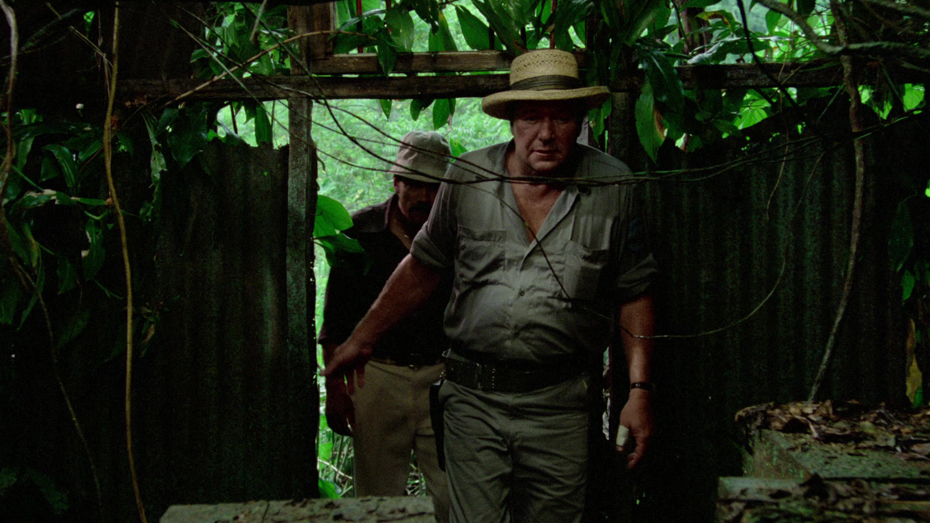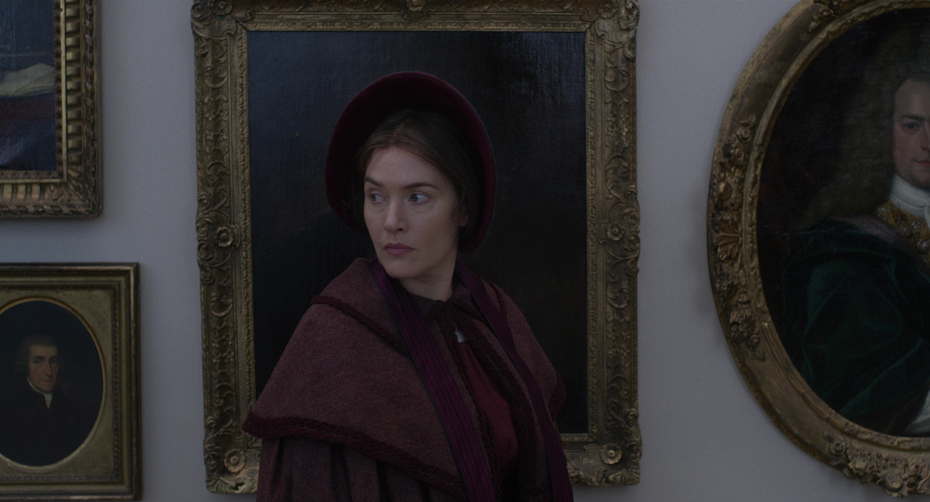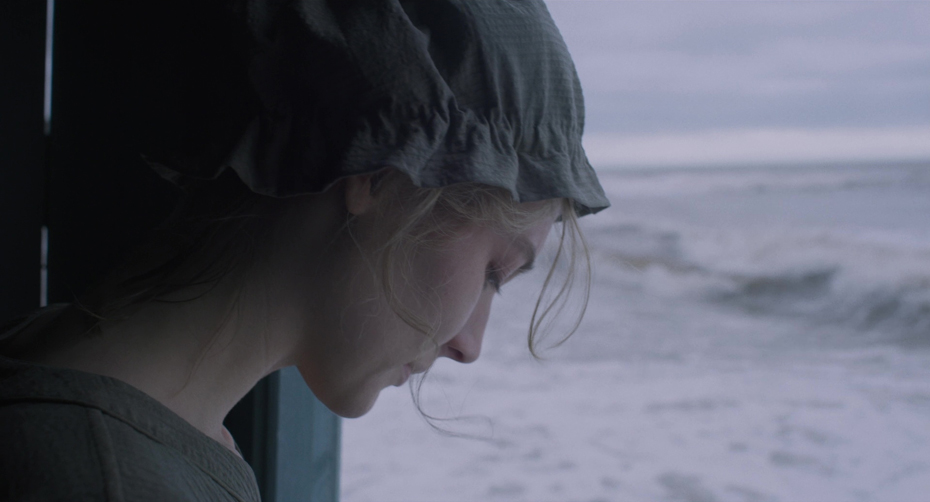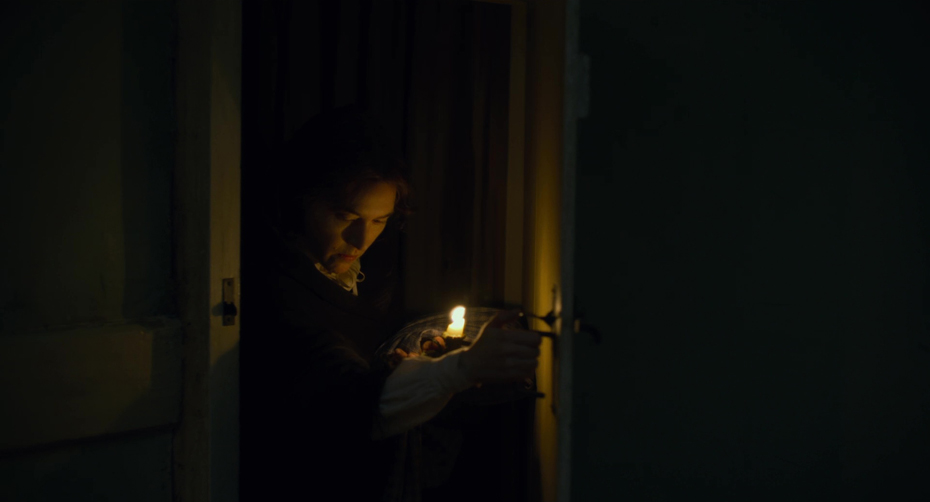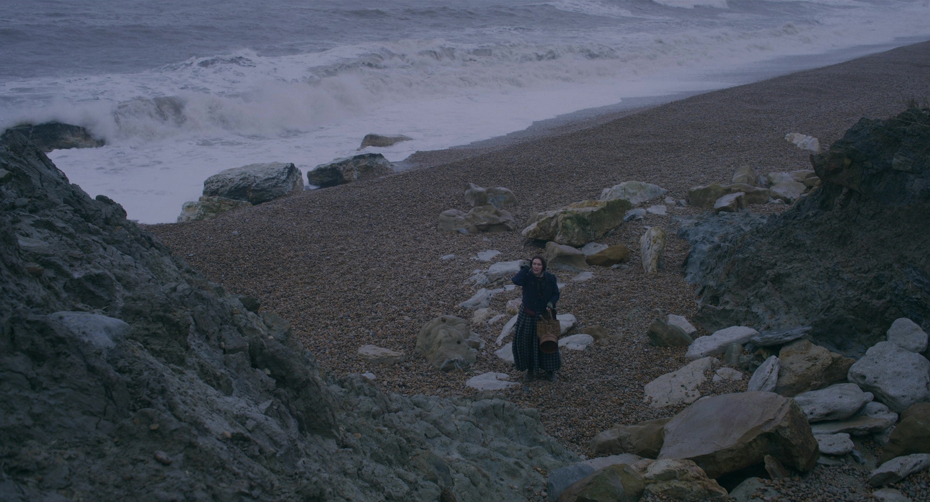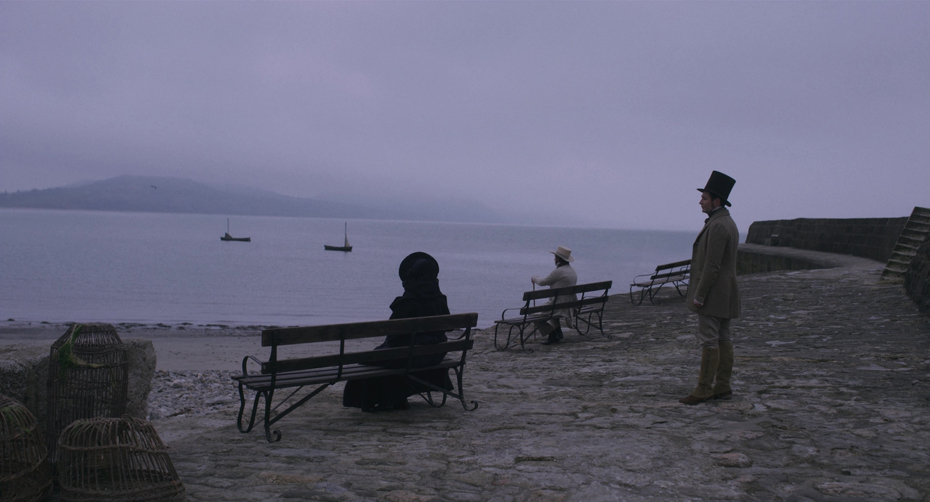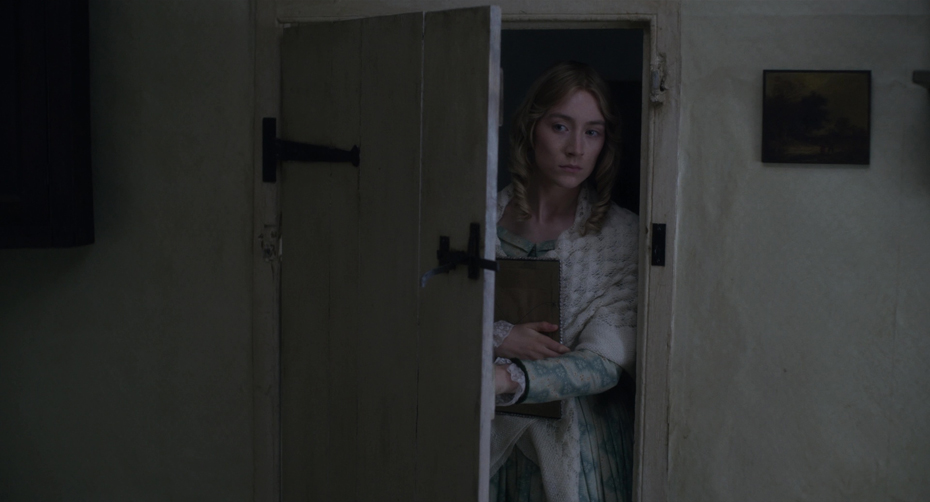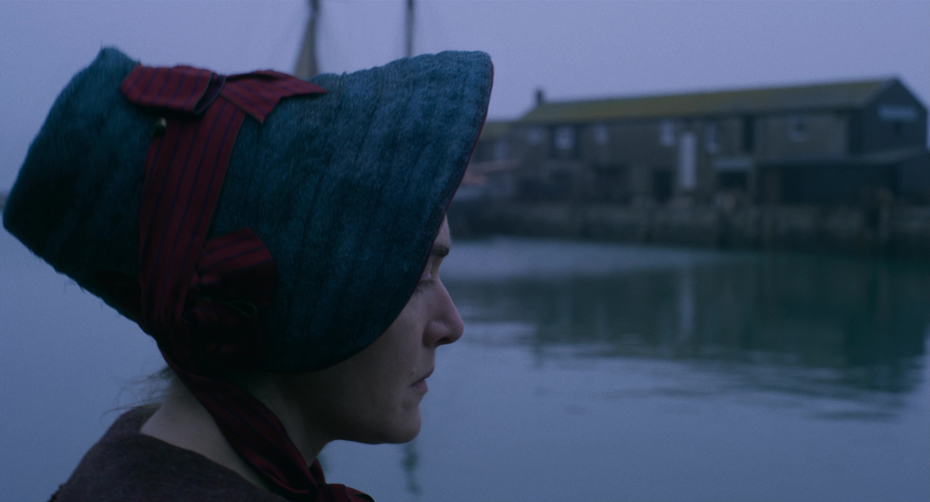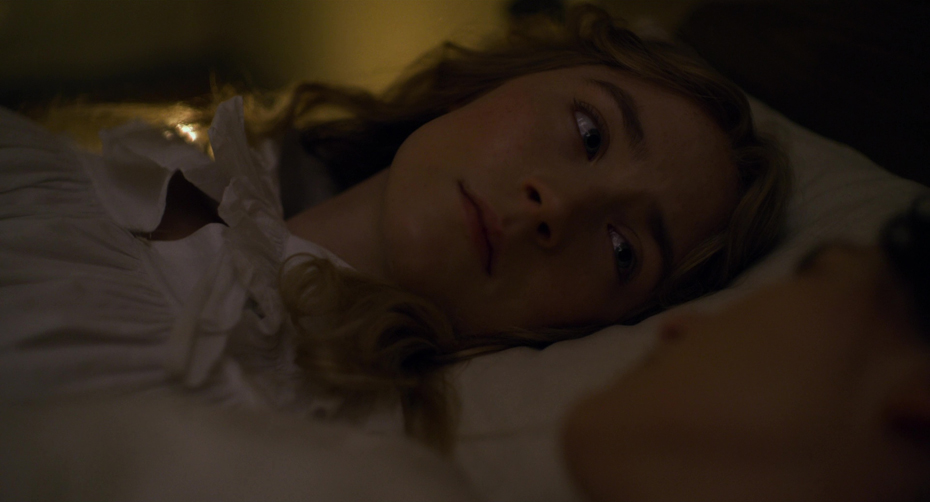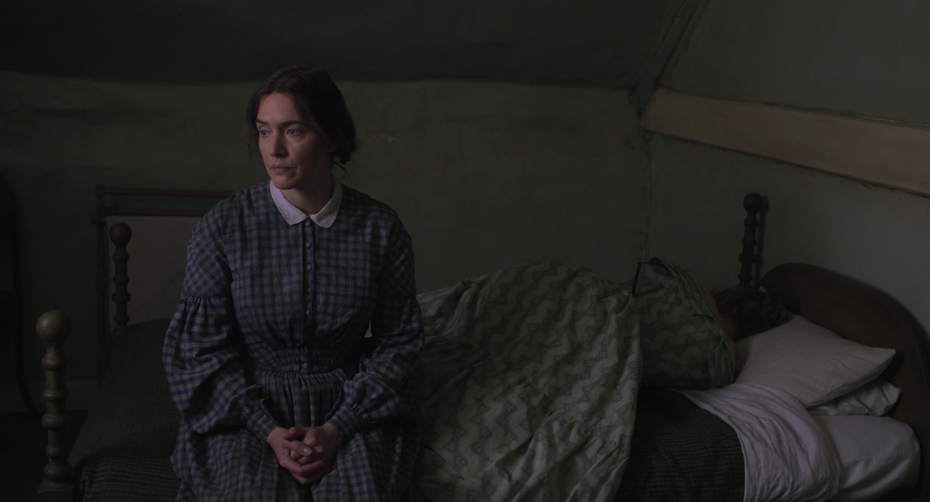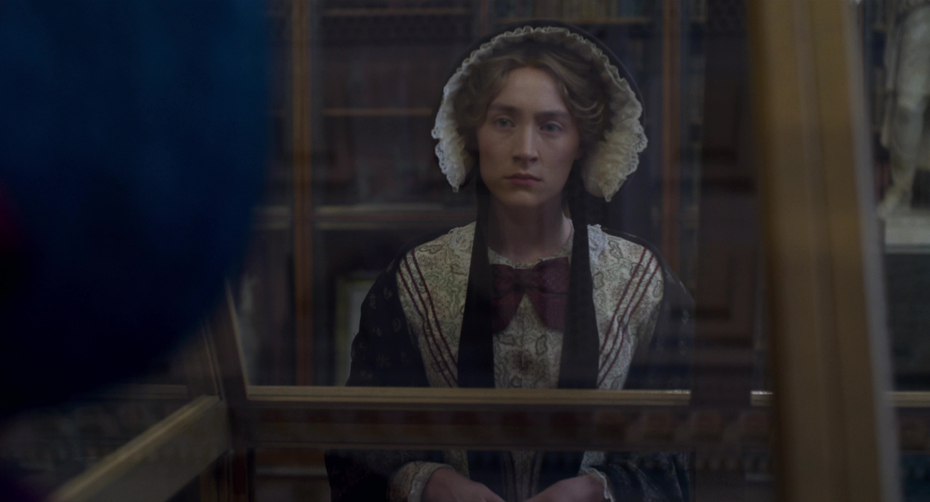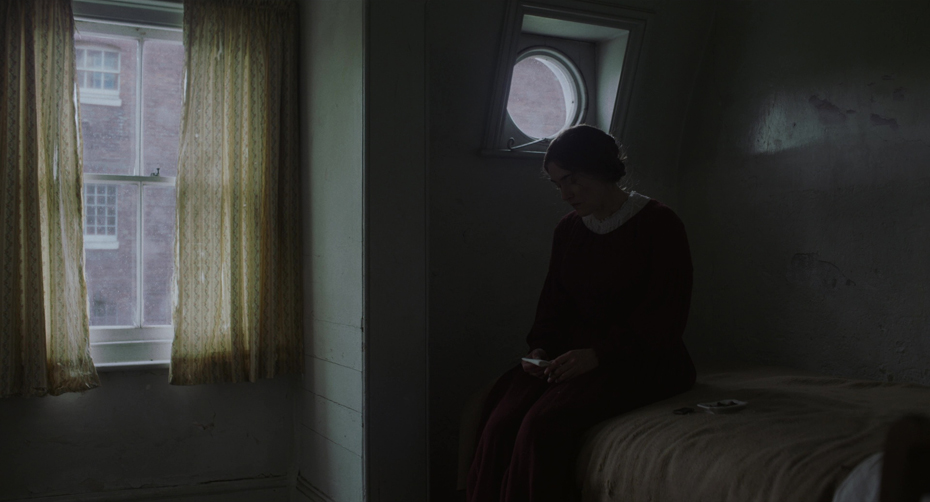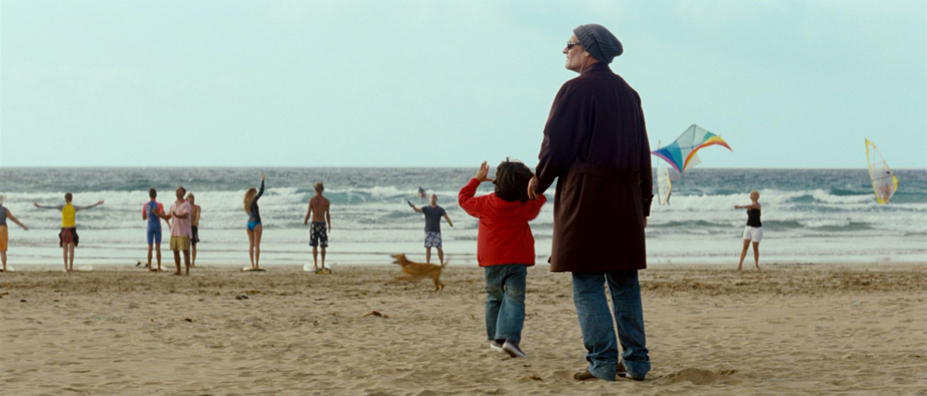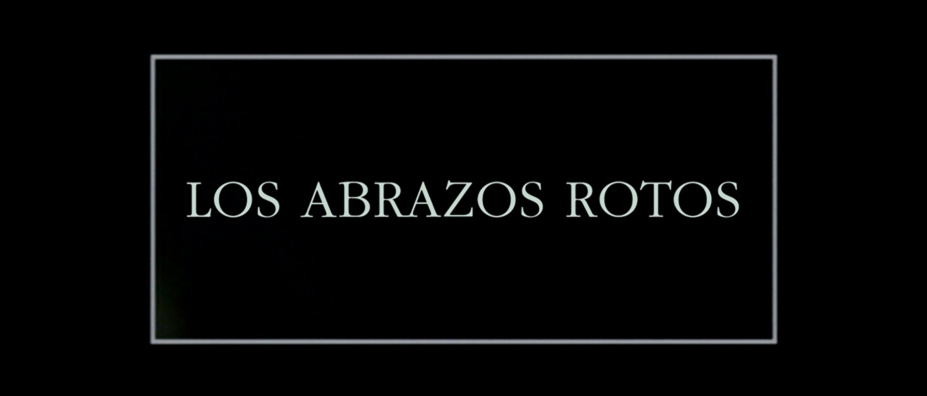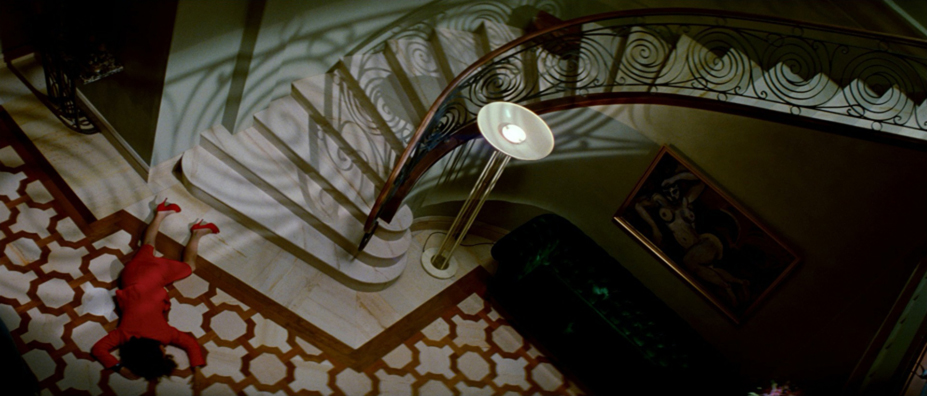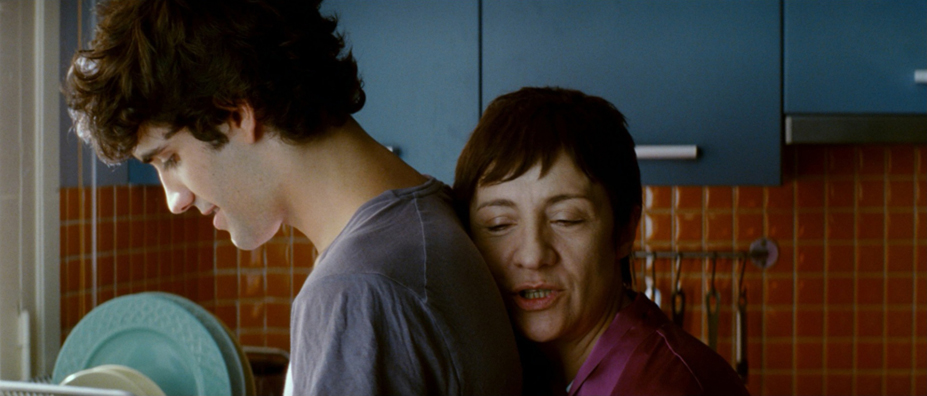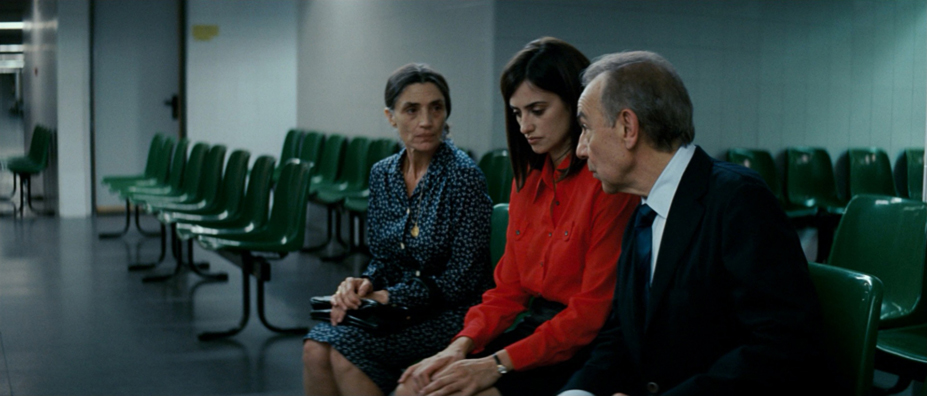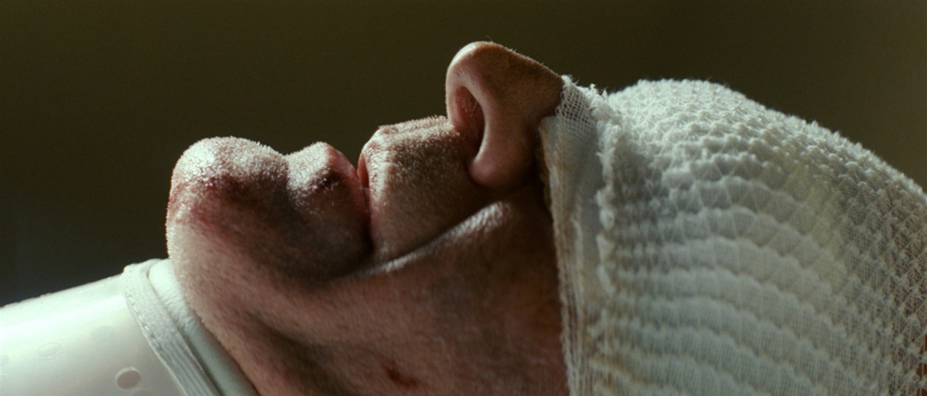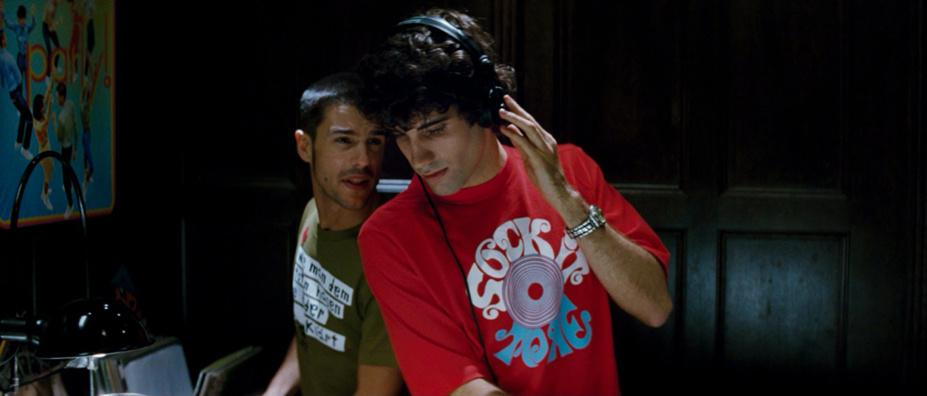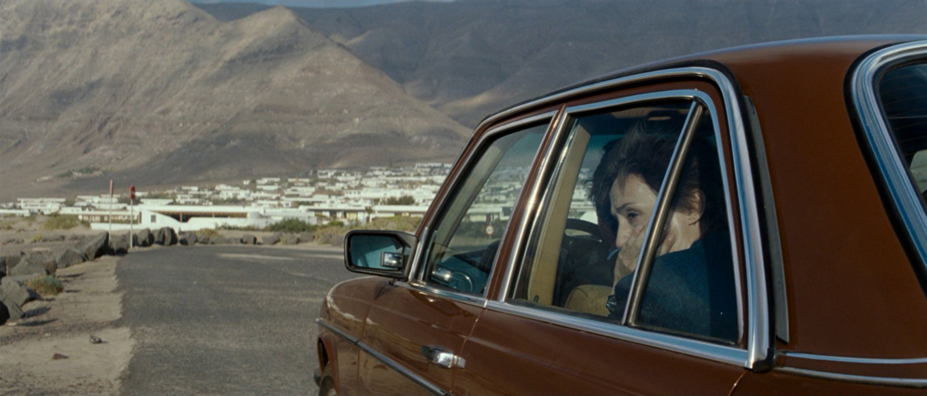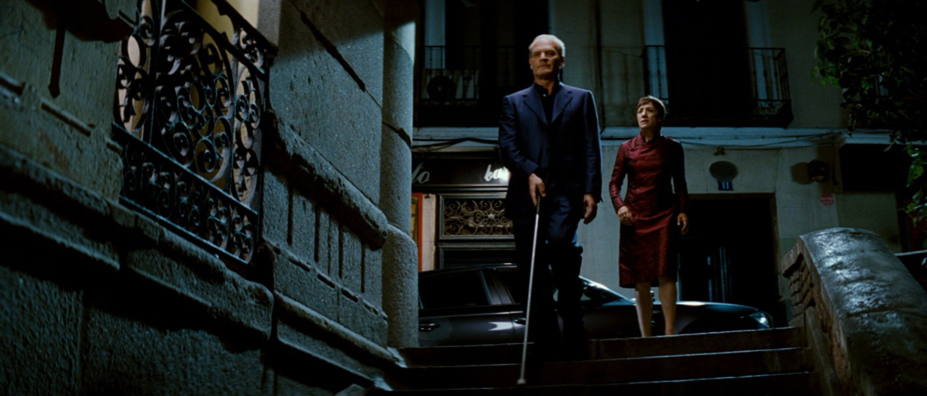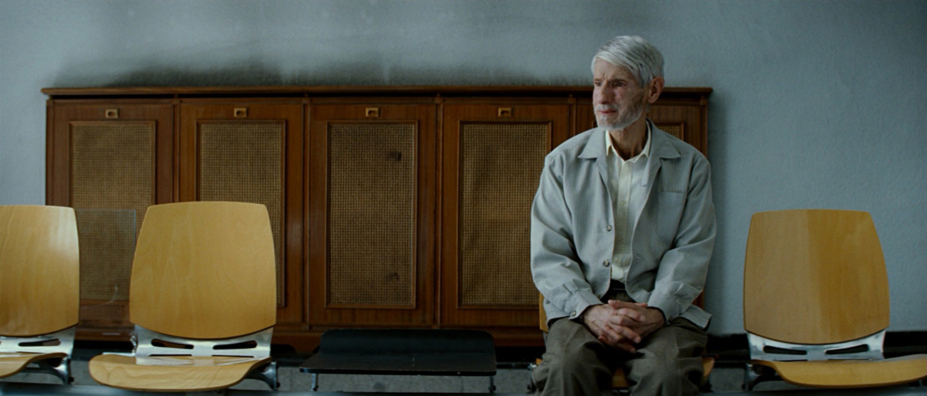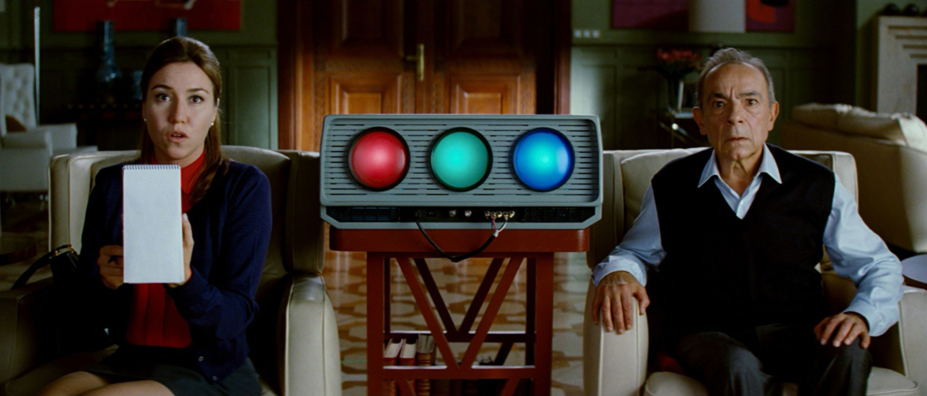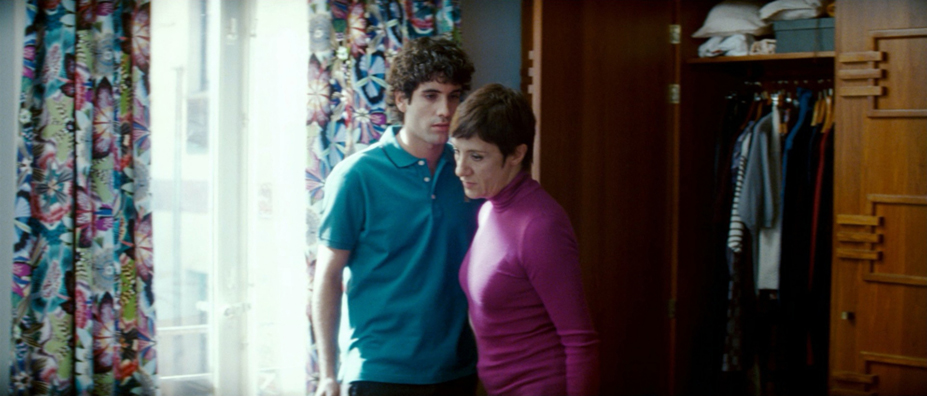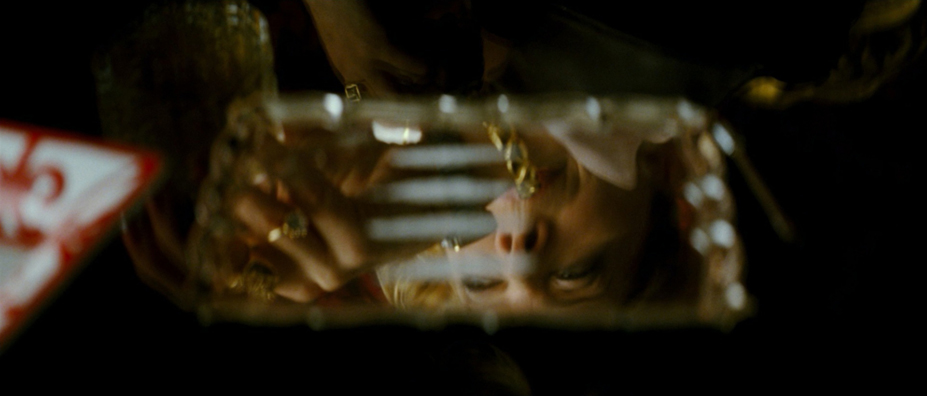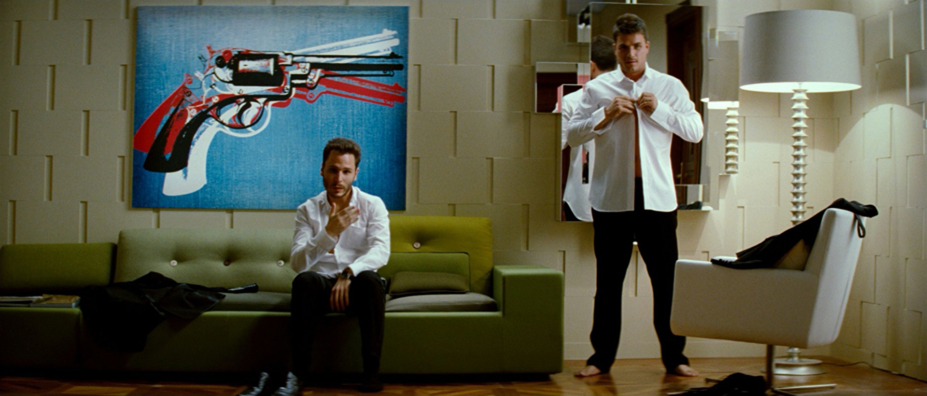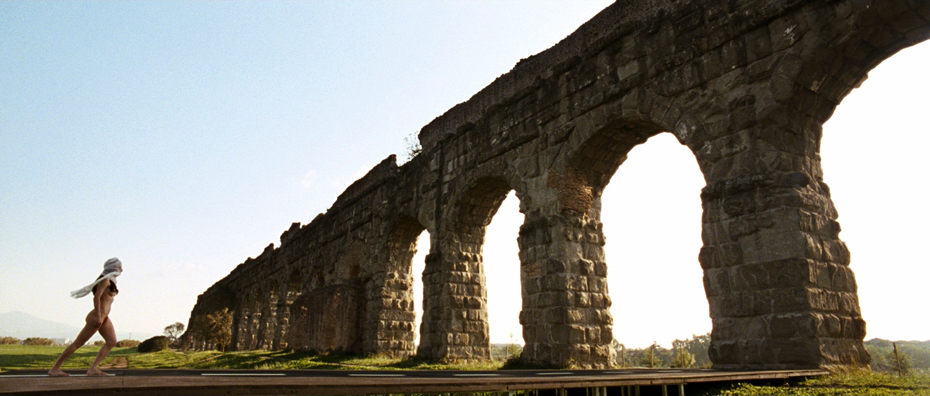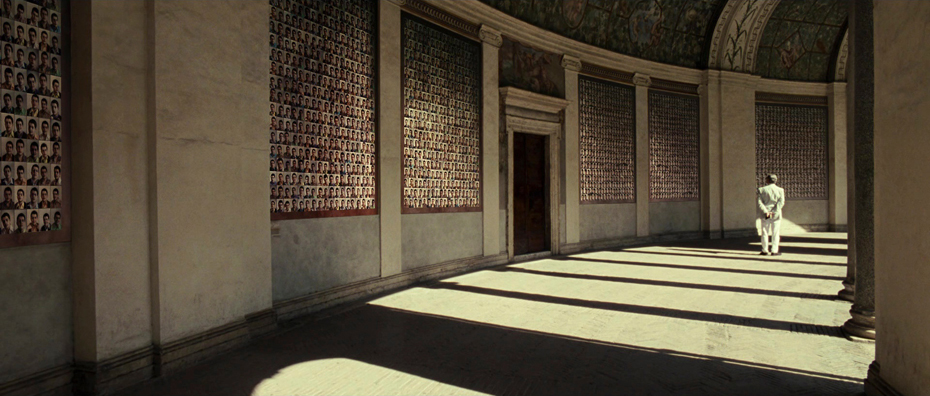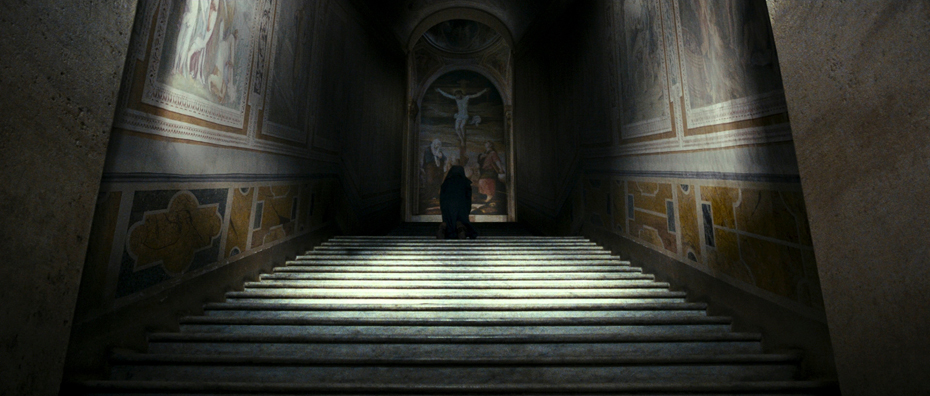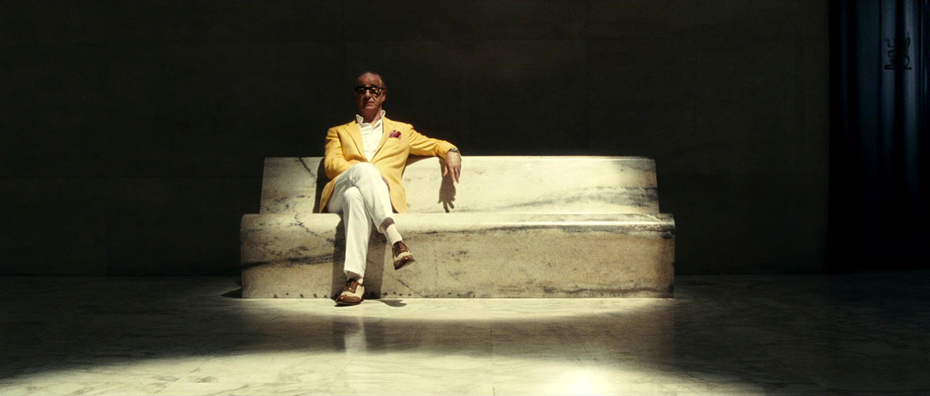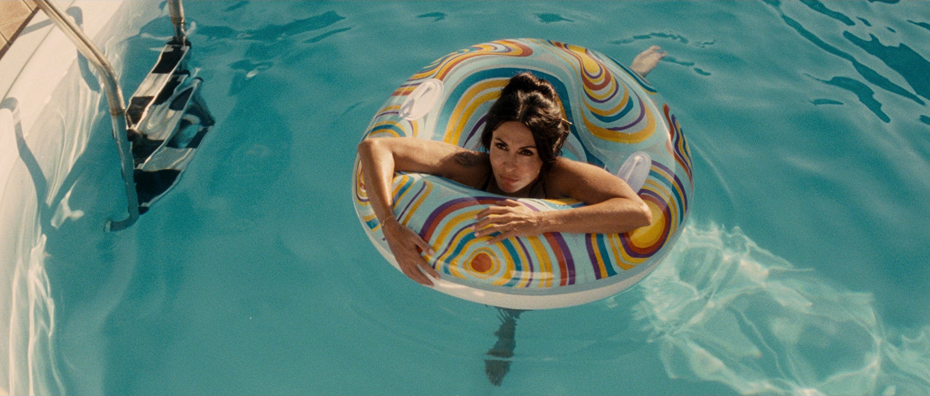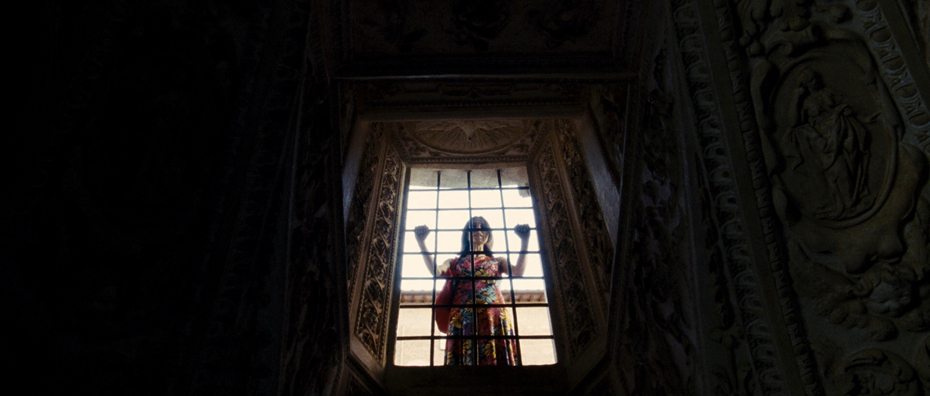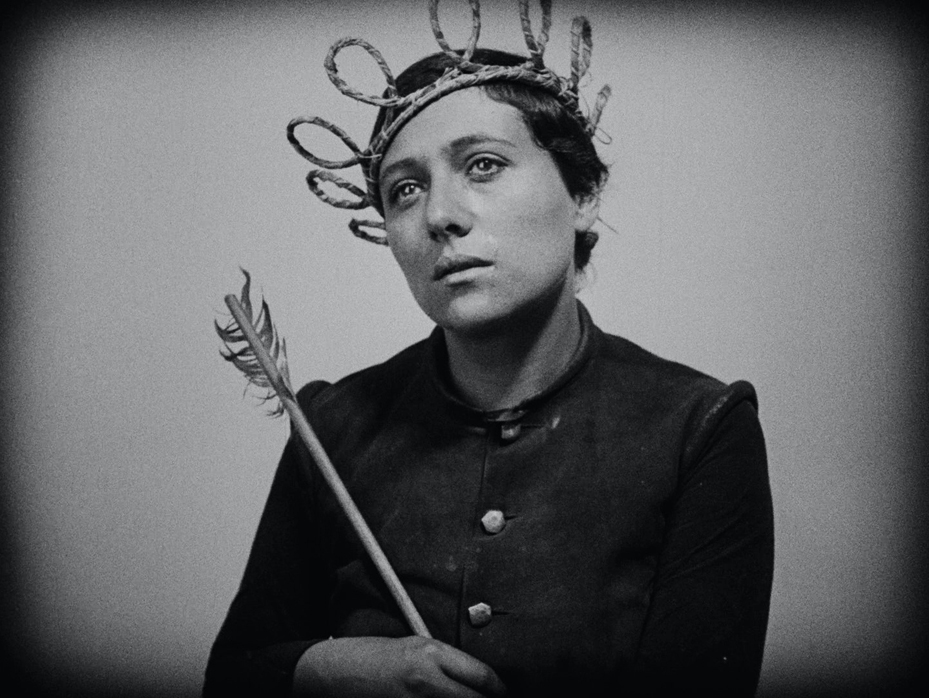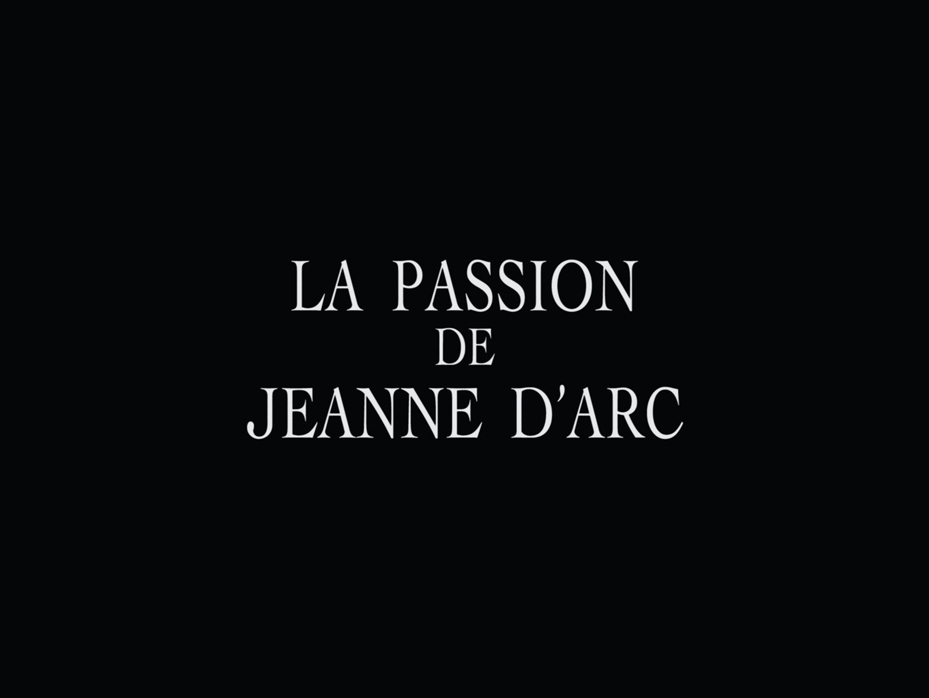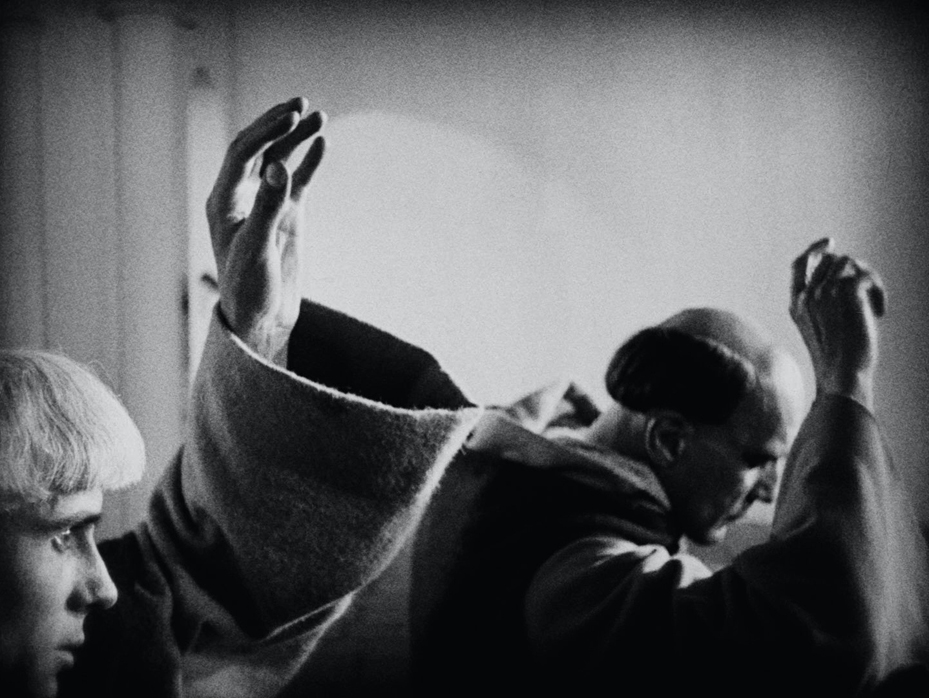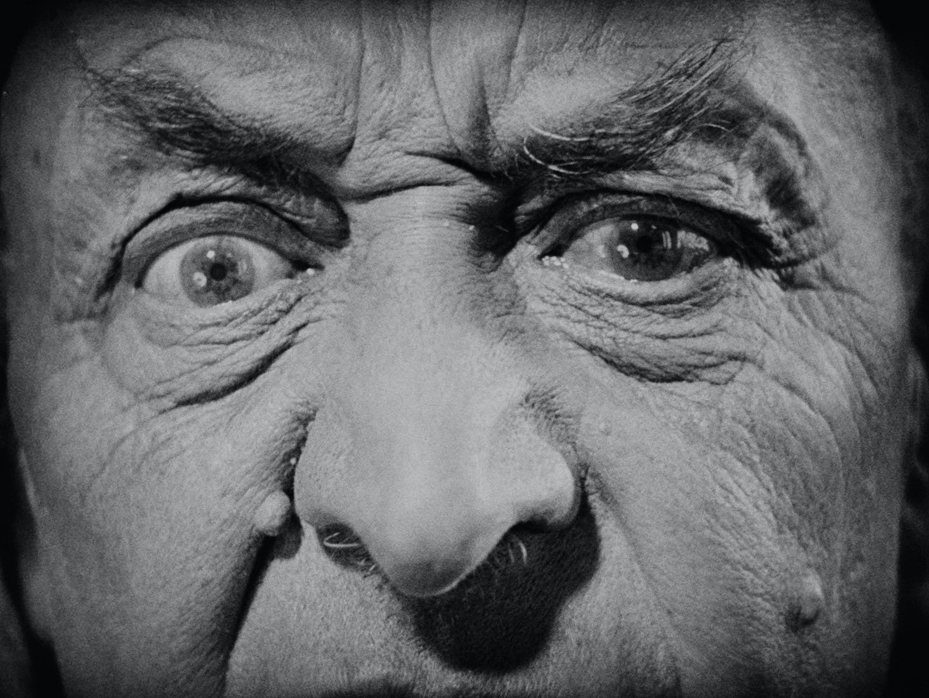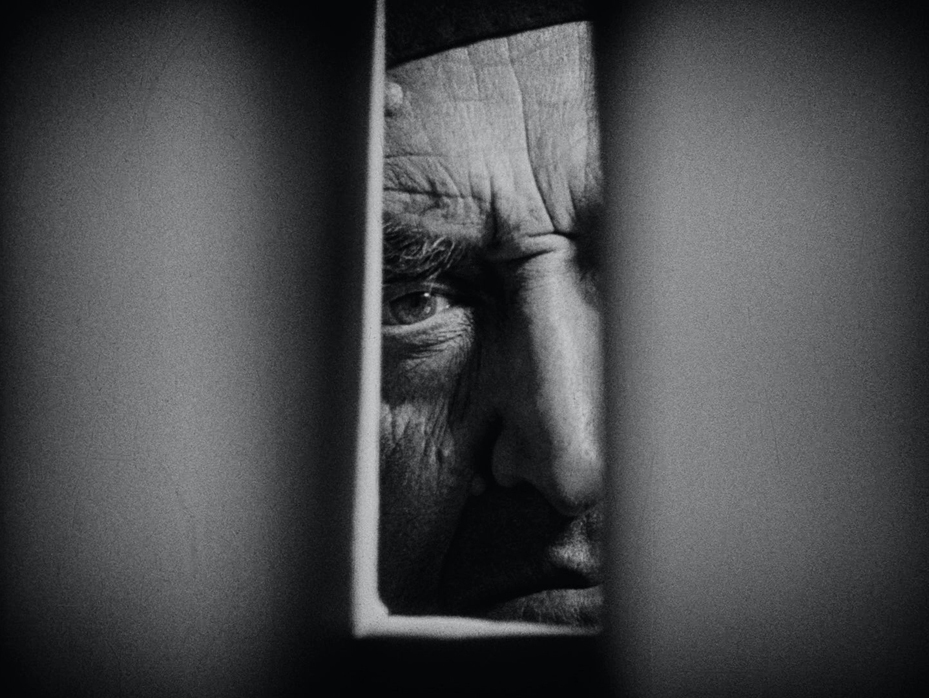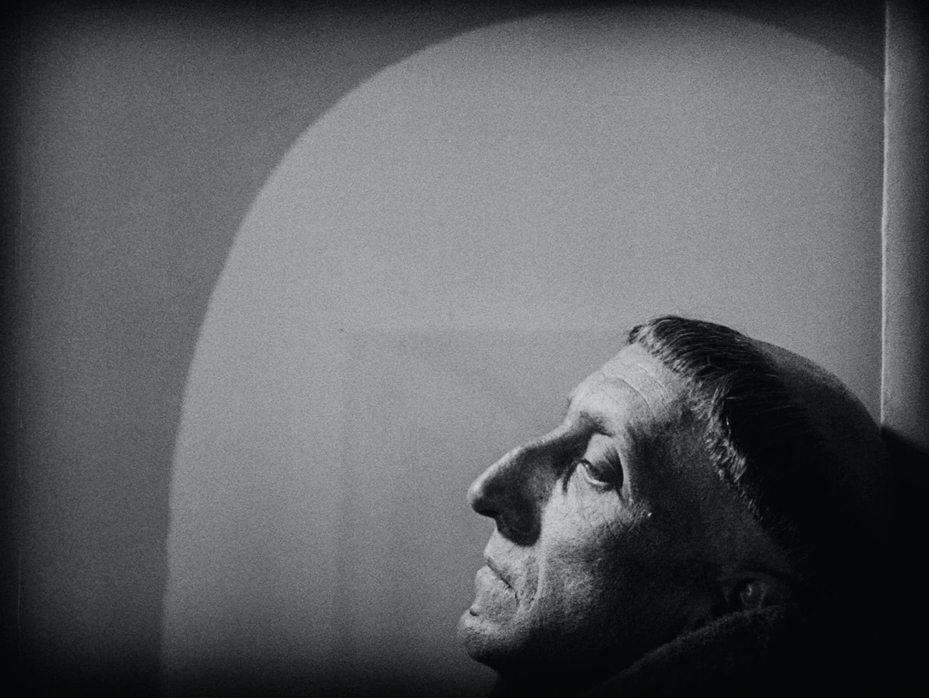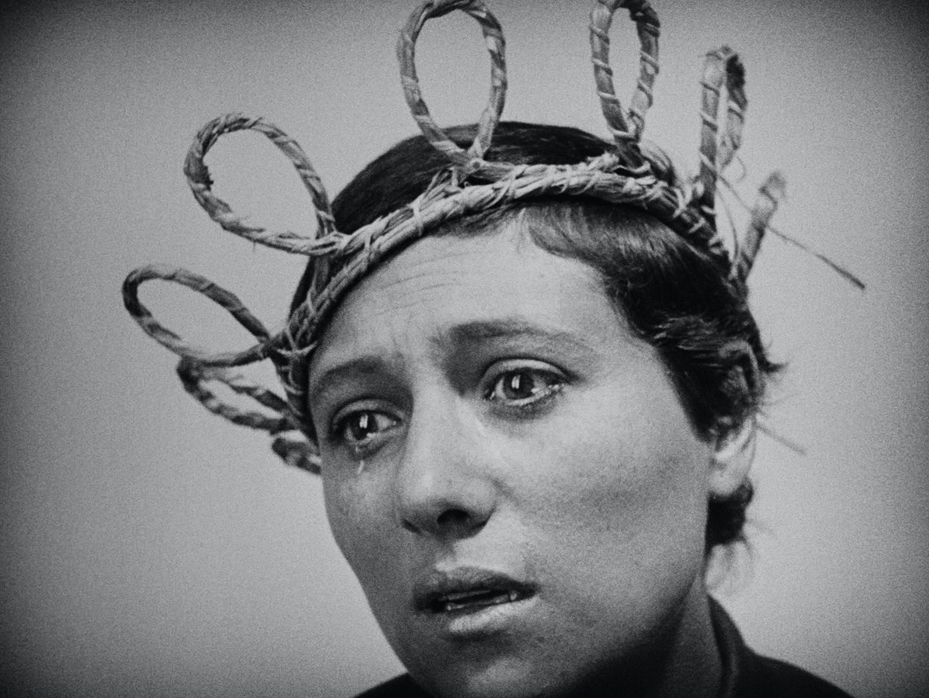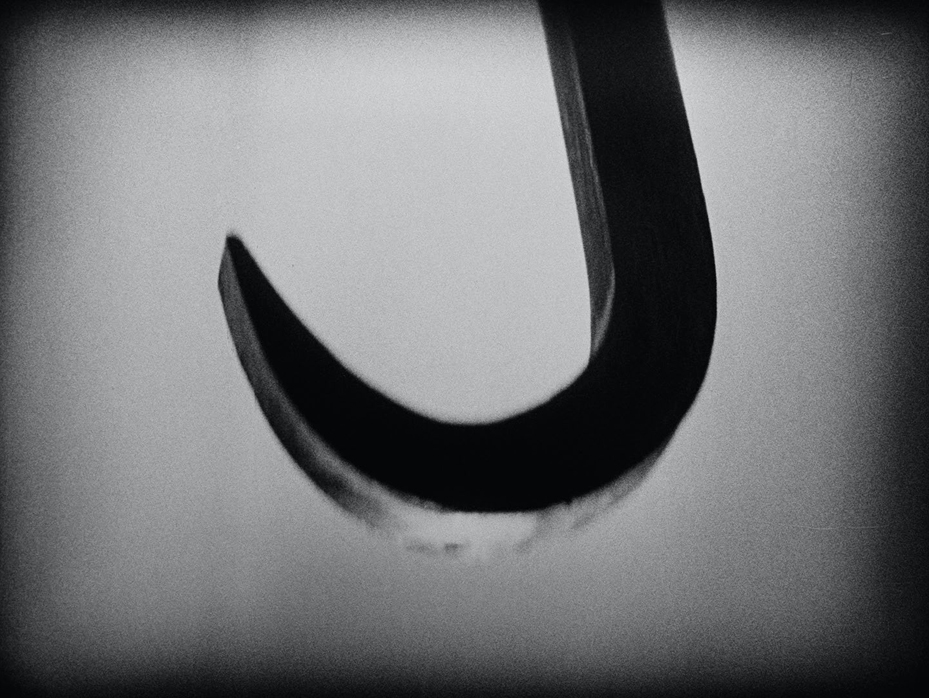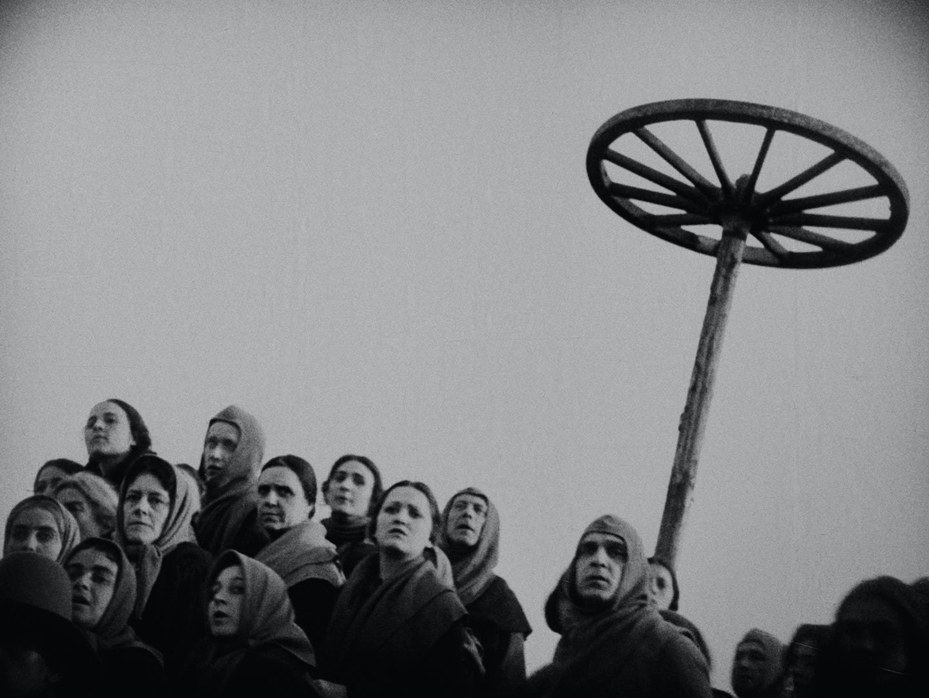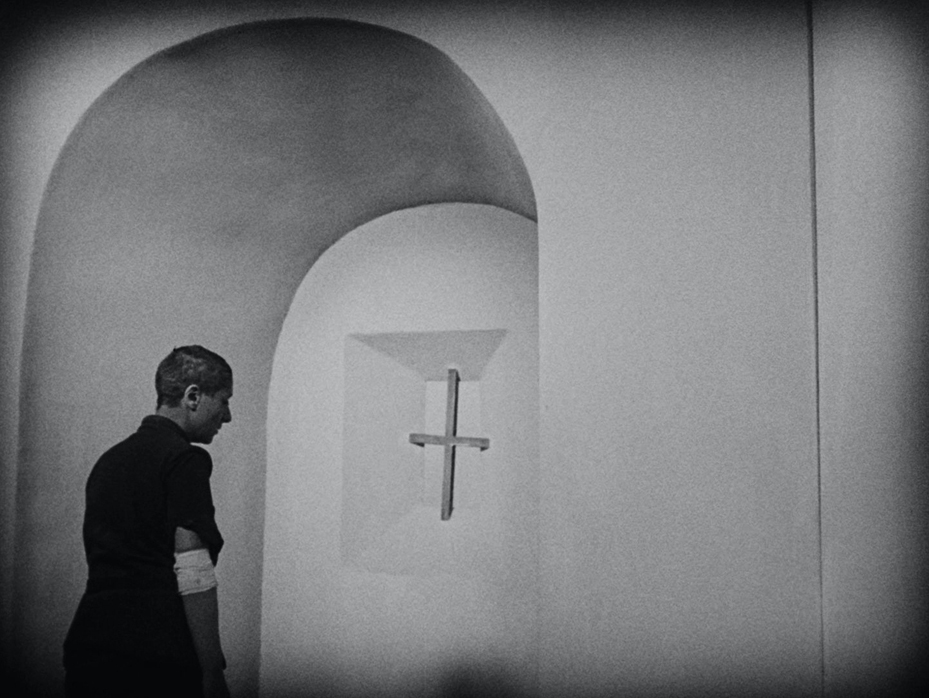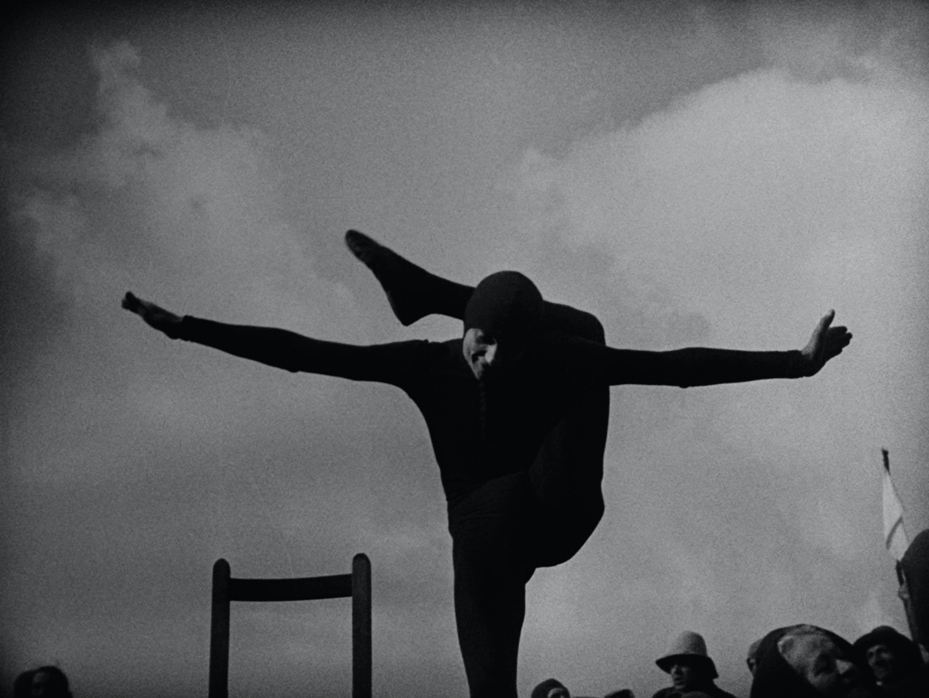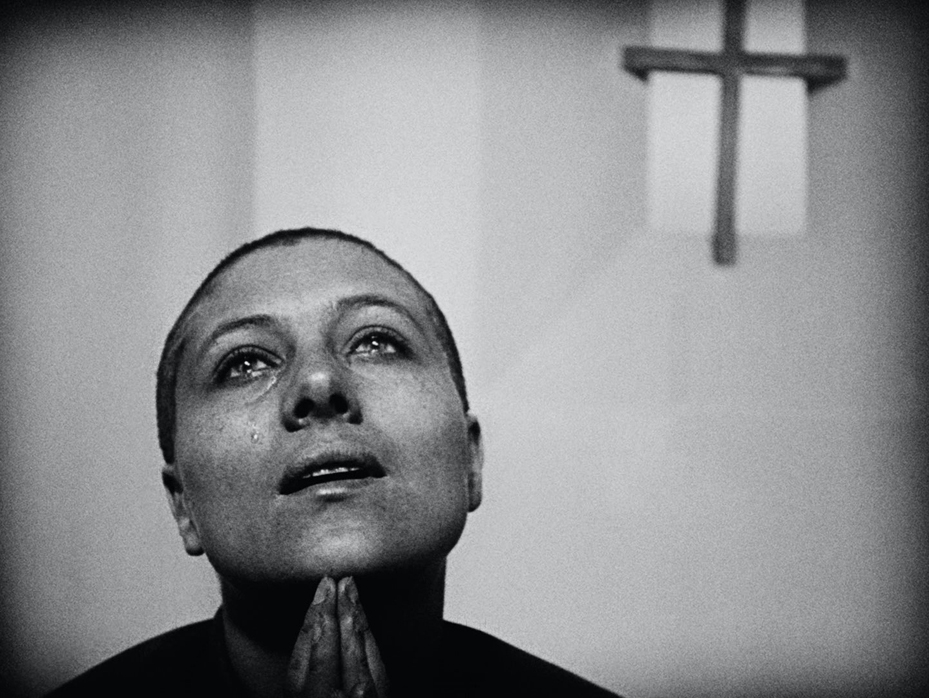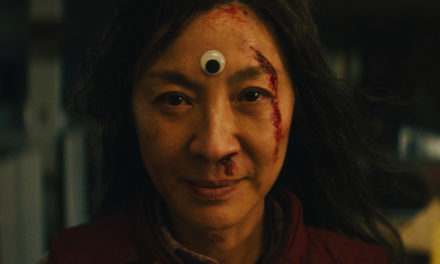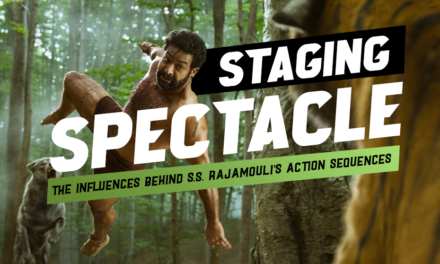THE TUESDAY DROP – 11/16
11.16.21 / New Shots
Star Wars: The Rise of Skywalker is the third installment of the Star Wars sequel trilogy that was produced, written, and directed by J.J. Abrams. In this final episode of the nine-part Skywalker saga, it is discovered that the evil Emperor Palpatine did not die at the hands of Darth Vader, and the rebels find themselves racing against time to find him. The film was the seventh highest grossing film of 2019, and it received three Academy Award and three British Academy Film nominations. The editing process for this installment was more rushed than that of the previous two films in the trilogy. Editor Maryann Brandon shared that the rushed deadline affected everything about the film, and that the crew had three months less to work on this installment in comparison to The Force Awakens. To maintain the production schedule, Brandon was on set editing so that Abrams could sit down to go over things together.
Principal photography was shot on Kodak 35mm film over 130 days at Pinewood Studios and Cardington Studios in the UK, between Aug. 2018 and Feb. 2019. Cinematographer Dan Mindel BSC, ASC decided early on to use analog fixtures on the actors. LED’s were used to illuminate the large set backgrounds while 20Ks, incandescents, and focused Fresnels were used to illuminate the actors. Mindel used Panavision XLs and Panavision Retro C Anamorphic lenses, like in the trilogy’s prior installments, but had the Retro C’s reengineered to reduce contrast and nurture a subtle overall warmth to the image, while seamlessly separating the background and the foreground. Mindel shared that for the close-ups of C-3PO in the warmly lit interior of the Droid workshop, a 75mm Retro C, wide open at Y2.8, capturing on film made the bokeh look almost like liquid.
CLEO FROM 5 to 7 (1962)
Cleo from 5 to 7 tells the story of Florence “Cleo” Victoire (Corinne Marchand) starting from 5pm on June 21, as she waits for a possibly confirmed diagnosis of cancer that she will receive at 6:30pm. The film was written and directed by Agnes Varda and shot by Jean Rabier, Alain Levent, and Paul Bonis. Its themes of existentialism and its strong feminine viewpoint raise questions about how women are perceived. A POV shot as Cleo walks down the street shows the way men’s eyes linger on her, while the sequence is intercepted with insert shots of others giving her a direct stare. Movement is often used to capture emotion in the film, such as when the camera mimics the swinging rhythm of Cleo’s personal assistant swaying in the background as Cleo rehearses a potential new song in her studio. The film juxtaposes film techniques that include switching from color in the first scene with the tarot reader, to black and white, as well as documentary style longshots when Cleo walks amongst the crowded Parisian streets.
As Cleo moves through Paris, the viewer gets to see Paris through her eyes. For example, Cleo looks out of the window while in a taxi and the viewer sees all she sees (the river, men catcalling her, store windows, and people). Mirrors are uniquely used to symbolize self-obsession and the comfort Cleo finds in the constructed image of herself. After the tarot card reading that predicts her death, she immediately reassures herself by looking into a mirror. Her changing perception of herself continues to be emphasized in instances when she looks back at herself through broken glass, and her distorted reflection in a café mirror. However, there are no mirrors or reflections during her encounter with the soldier Antoine, where the framing and camera angles suggest equality between the two.
MOONRISE KINGDOM (2012)
Moonrise Kingdom is a coming-of-age dramedy from Wes Anderson about an orphan boy (Jared Gilman) who escapes from a scouting trip to unite with his pen pal and love interest: a girl with aggressive tendencies (Kara Hayward). While the two lovers retreat to an isolated beach, the police captain of the fictional New England island of New Penzance (Bruce Willis) organizes a search party of scouts and family members to locate the runaways. It received critical praise for its distinct color palette and use of visual symmetry. Muted yellow is the dominant color in the film to indicate warmth and security, as well as a symbol of young love between the runaways Sam and Suzy.
Dark hues were rarely used in the film except when high blue contrast is used to indicate danger, like in the bell tower scene where Sam and Suzy almost attempted suicide during a thunderstorm. The contrast between the film’s meaning behind yellow and blue is also evident in the scouts’ yellow bandanas around their necks, while the main antagonists, members of Social Services, wear a solid blue coat. Wes Anderson and cinematographer Robert D. Yeoman, ASC are known for using distinct color palettes to evoke mood and tone, and to give the viewer information to learn about the characters and plots. Anderson’s use of yellow and bright colors in Moonrise Kingdom help give the film a nostalgic feeling and has a playful nature often associated with the naivety of childhood.
BEASTS OF NO NATION (2015)
War drama film Beasts of No Nation was written, co-produced, shot, and directed by Cary Joji Fukunaga based on the novel of the same name. In the film, Agu (Abraham Attah) becomes a child soldier as rebel and government forces engage in battle in his village during his country’s civil war. The film was shot in Ghana in 35 days on a Panavised ARRI Alexa camera with anamorphic C-series lenses. Fukunaga wanted to have single camera coverage as much as possible to focus on the types and quality of shots, as opposed having a multiple camera set up.
The production experienced struggles throughout filming, such as delays due to rainstorms for hours at a time, Fukunaga and the first assistant director coming down with malaria, and the choreography that involved such a large cast. When the Stedicam operator pulled his hamstring and dropped out of the production on the first day of shooting, Fukunaga also became the camera operator. For the film, the look Fukunaga wanted “to go for was an underexposed, high-grain approach, without it looking too digital and not looking too processed”. He filled the frame with as much depth as possible and always looked to the location to create depth, therefore creating a choreography between the foreground and background. Shooting the action in 360 degree shots gave Fukunaga the freedom to turn the camera around quickly to continuously shoot, an approach that worked well when dealing with non-actors on the film.
NOBODY (2021)
Action thriller Nobody follows bored family man Hutch “Nobody” Mansell’s (Bob Odenkirk) return to his dangerous former life after his house is robbed. But, going back to his “old life” makes him the target of a vengeful drug lord in this action thriller directed by Illya Naishuller, written by Derek Kolstad, and shot by Pawel Pogorzelski. For one of the film’s most intense scenes where Hutch gets into a brutal fight with gangsters on a city bus, the production began prep work ten days before cameras started rolling. Rehearsals on the fight scene, which took two and a half days to choreograph, started immediately inside the bus while the crew padded the interior flooring. Naishuller wanted the sequence to feel claustrophobic, which allowed for more close ups than in a usual action scene, and to see what the character was thinking. However, he also wanted the fight to be aggressive and spontaneously sloppy to show that Hutch is rusty in his old fighting ways. Odenkirk did his own stunts in the film and since the production was delayed for a year, he had two years to prep and get into shape. At the age of 58, he trained twice a day for 45 minutes in martial arts, but once filming began he would work for two hours or more. Naishuller noted that since Odenkirk was willing to learn the complicated choreography, it became easier to do everything without cutting away or cheating the camera.
SORCERER (1977)
The plot of Sorcerer follows four outcasts from varied backgrounds in a South American village who have been assigned to transport cargoes of poorly aged dynamite. Starring Roy Scheider, it was the most difficult film that director William Friedkin had to make because, aside from the legal threats and arguments to get the production greenlit, fifty members of the crew suffered gangrene and other illnesses. Towards the end of the shoot Friedkin contracted malaria and the picture, which had been shot for around 10 months, was over budget and over schedule.
Friedkin was known to be obsessive and driven, which extended to his process with cinematography. The Jerusalem section of the film incorporated a real coincidental explosion around the block ,with the filmed explosion resulting in debris blowing past stunt people and straight towards the cameras. It was so powerful it blew a window in the mayor’s office across the street. For the explosion of the oil well in the jungle, multiple cameras were placed right in the middle of the action. The Jersey car crash wrecked twelve cars before Friedkin was satisfied, which was one of the film’s many delays. The sequence when the trucks traverse a fraying, rotting rope bridge across a river required a bridge to be controlled by a concealed hydraulics system with the trucks latched to it as it swayed, and the fraying ropes disguised as steel cables.
AMMONITE (2020)
Ammonite is a drama film loosely inspired by the life of British paleontologist Mary Anning (Kate Winslet), and centers on the speculative romantic relationship between her and Charlotte Murchinson (Saoirse Ronan). The film was written and directed by actor-turned-filmmaker Francis Lee, and shot by Stephane Fontaine. It was shot on location in Lyme Regis, the small seaside town on the south coast of England where the real Mary Anning lived and worked. Oscar winning costume designer Michel O’Connor and his team created most of the period costumes from scratch. Mary wears a total of four outfits, which showcases her hand-to-mouth lifestyle and preference for functionality.
In contrast, Charlotte has a variety of delicate and beautiful dresses that speak to her aristocratic lifestyle. Fontaine shared that Lee was interested in capturing the faces and body language of the two characters, as the lack of dialogue meant the importance of the facial expressions was elevated. Lee wanted the ability to shoot long handheld shots, which meant Fontaine needed a camera that housed a large sensor, but was more compact than a bulkier 35mm camera. For Ammonite, Fontaine decided to pair the RED Monstro with Canon K-35 primes, covering full frame, and ranging T1.5-1.5. The lenses yield vintage-style color rendition and skin tones while taking “a bit of the edge off the sharpness of the digital image”.
BROKEN EMBRACES (2009)
Broken Embraces features an ensemble cast led by Lluis Homar as a blind Madrilenian screenwriter and Penelope Cruz as the deceased lead actress in his last directional feature. Homar plays Harry Caine, who in the film tells of his tragic love for Lena (Cruz), the lead in his feature and the mistress of a powerful, obsessive businessman (Jose Luis Gomez). The film was written, produced, and directed by Pedro Almodovar, and shot by Rodrigo Pieto. A decade before making the film, Almodovar took a photograph at Playa El Golfo and, when he got the picture developed and enlarged, discovered a couple tightly embraced in the sand. This real life snapshot was recreated in the film with the main characters embracing in the exact same spot as the couple in the picture.
The beach’s red rock, black volcanic sand, the blue Atlantic ocean, and its green open crater (Charco de los Ciclos), along with all of the colors of the island, were the perfect inspiration for Aldomovar. Early on in the film, Lena and Harry sit on the sand framed by black rocks that shield them from the wind and the outside world. This was shot at Famara beach in Lazarote, which Aldomovar said, “is a place of refuge, which is a key concept in the film”.
THE GREAT BEAUTY (2013)
The Great Beauty is an art drama film co-written and directed by Paolo Sorrentino about an aging writer, Jeb (Toni Servillo) who has spent decades enjoying the lavish nightlife of Rome. After his 65th birthday, he starts to look past the nightclubs and parties to find Rome in its true glory. Among its accolades is the Academy Award for Best Foreign Language Foreign Film, a Golden Globe, and many more. Sorrentino’s frequent collaborator, Luca Bigazzi, was the cinematographer for the film. Bigazzi chose to shoot on a RED Epic because it took care of 80% of the lighting problems he could run into on set. It enabled him to use very little lighting, but still have the flexibility in color timing to keep the details on the faces and sunbathed objects. A challenge that he experienced for the film was the party scene at night in the gardens of the hotel where shots were taken from all angles.
He had to use a range of LED’s by the Italian brand Via Buzzuno, that weren’t designed for cinema but rather for lighting buildings. With the cameras shooting at 1600 ISO and with the lights put inside the frame, the scenes were able to be properly lit. Bigazzi stated he’d prefer to put light sources inside of the frame rather than trying to use hard-to-manage off screen lights. Some other light sources that he keeps in his “bag of tricks” include sodium or mercury lamps for nighttime scenes, that can be set up quickly without being invasive to the image. Because he dislikes how modern lenses give an image that is too sharp and contrasted, Bigazzi chose to shoot in 5K at 2.35 spherical using ARRI Ultra Prime lenses and a Angenieux zoom lenses.
THE PASSION OF JOAN OF ARC (1928)
The silent historical film The Passion of Joan of Arc is based on the actual record trial of Joan of Arc, and accounts for the time that she was held captive in England, depicting her trial and execution. Renne Jeanne Falconetti starred as Joan, and the film was directed and co-written by Carl Theodore Dreyer. The film’s cinematography, shot by Rudolph Mate, is known for its use of close ups and lack of master shots. The use of close ups not only shows the nuanced emotions, but it reveals something deeper about the human condition. When wide master shots are included they rarely establish the space in a coherent way, and the placement of the characters is often inconsistent with what is seen in close ups. In the scene where Joan received communion, the priest’s arm is seen holding the sacramental bread on Joan’s right. However, in the close up his hand enters from the left, implying that he is to the left of her.
Characters are framed against plain white backgrounds, therefore eliminating elements that would allow for depth perception. This flattens the image to virtually eliminate the space. The shot of Joan in her cell compared to the shots of the judges scheming in their chapel, are hard to distinguish as two separate locations due to its plain backgrounds. The film was shot on one huge concrete set modeled after medieval architecture in order to realistically portray the Rouen prison where Joan was held. Dreyer didn’t allow actors to wear make-up and purposefully used lighting designs that wouldn’t flatter them to make them look grotesque.

